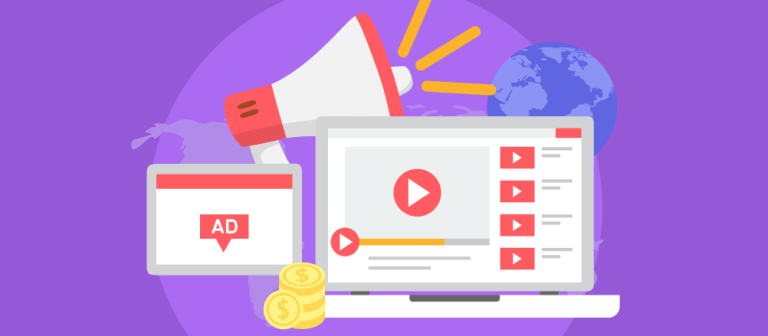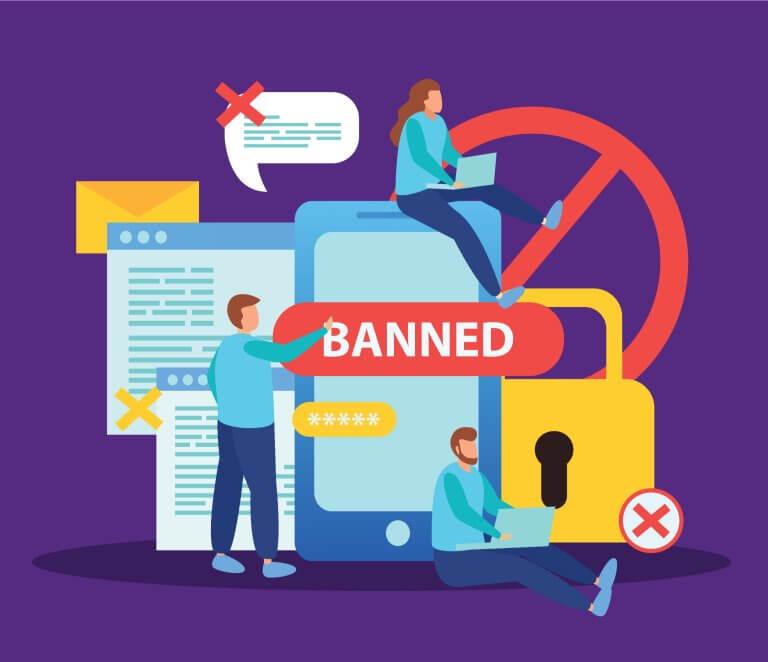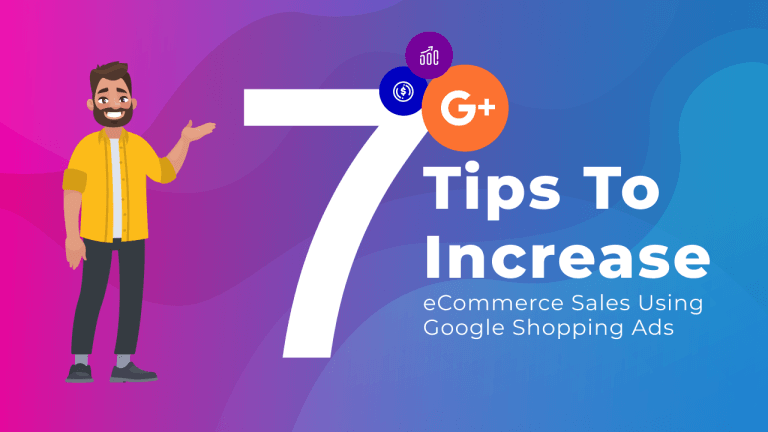Want a heads up when a new story drops? Subscribe here.
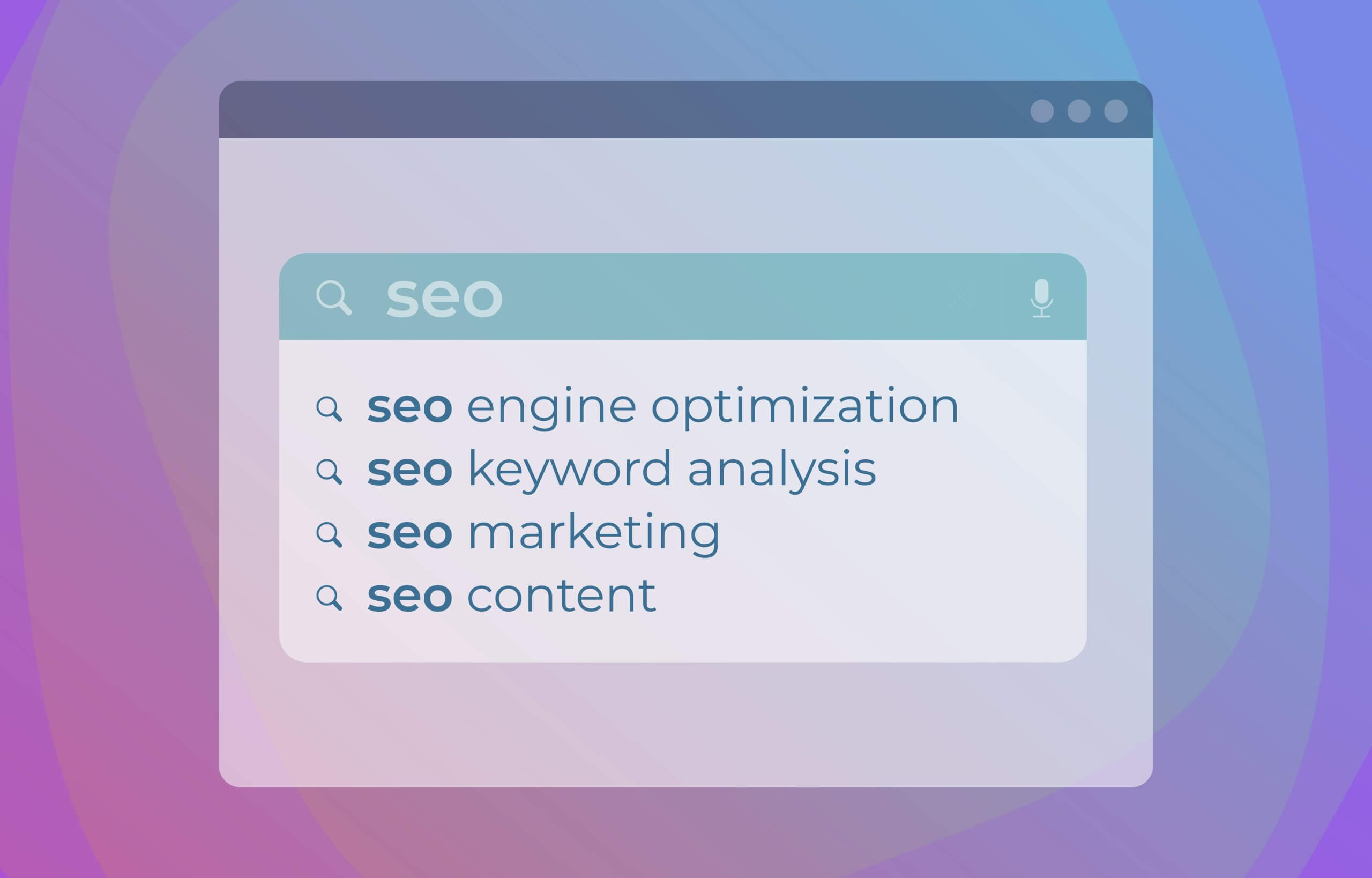
It is hard to believe that anyone seeking to enhance a company’s digital presence has never heard of SEO. The benefits are practically endless, from better organic content discoverability and quality traffic to improved credibility and trust and enhanced user experience.
If you are like most businesses, you’ve surely explored the basics and know how it works. Yet, SEO marketing is constantly evolving and the strategies that work today are different from what they were 10, 5, or even 2 years ago. The focus is now on user intent, customer analytics, visual content, localization of SEO, and the mobile and user experience. There is a shift toward personalization, accessibility, quality, and relevant content.
To intelligently predict the future of SEO marketing and get the most out of it, it is crucial to learn what it is and what it is not, how it has evolved, and which trends are likely to stick and continue to play an important role. Here is a comprehensive guide to SEO marketing, from fundamentals and different types to advanced tactics and tricks to market your website and generate a sustainable flow of traffic.
Table of Contents
What is SEO Marketing &How Does it Work?
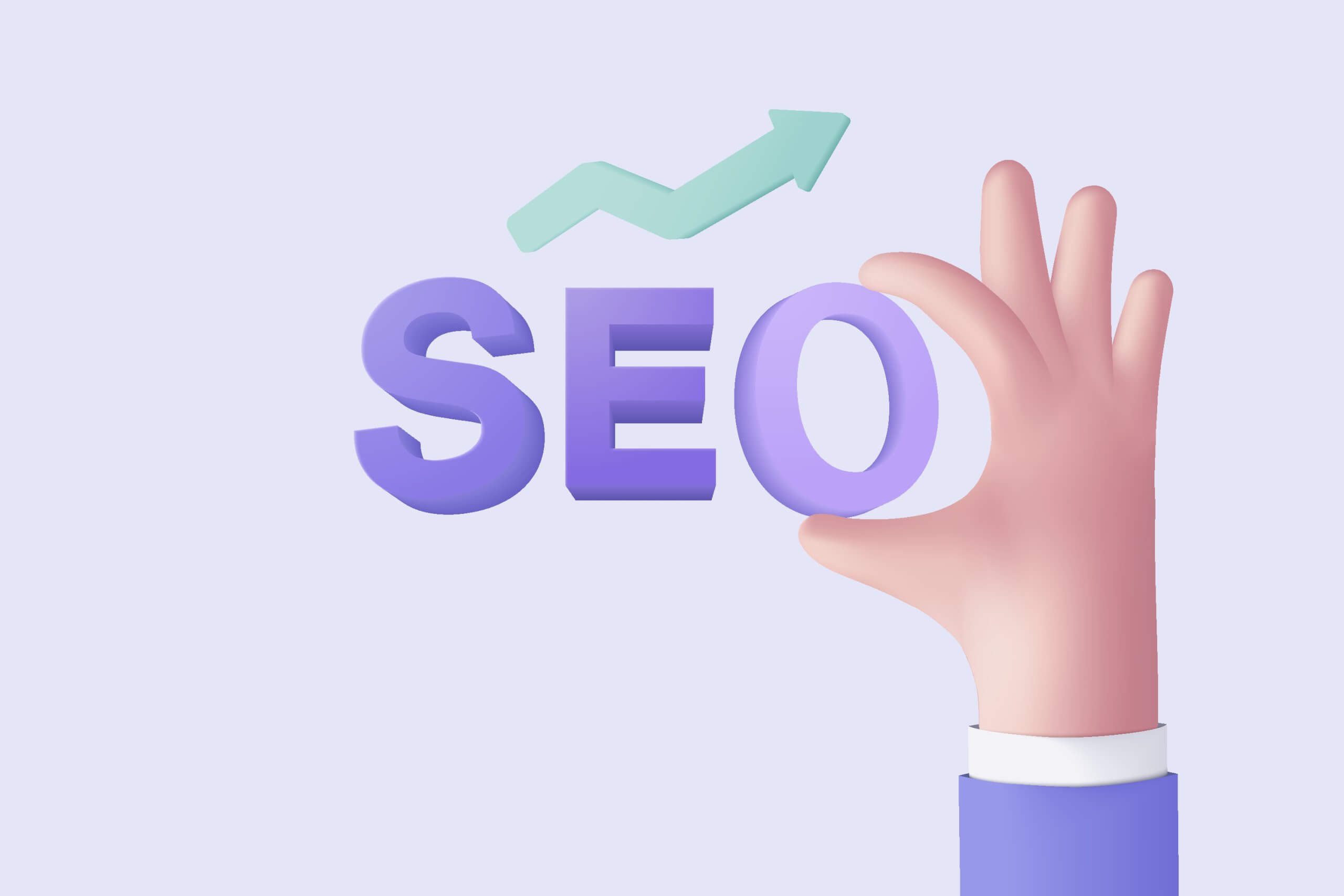
SEO marketing is a comprehensive strategy to improve the quantity and quality of website traffic and expand visibility in search results. It is made up of different tactics like keyword research, content optimization, and link building that help improve your website’s ranking.
SEO marketing works by generating user-friendly, optimized, and engaging content while updating your website’s design to impact your rankings. The goal is to boost your website’s rank in Google search, drive quality, targeted traffic, and achieve higher conversion rates.
What is SEO?
SEO is a set of tactics to improve the positioning, appearance, and visibility of your website when users browse for specific products or services. Some of the techniques that help improve your ranking include using high-value, targeted keywords, ensuring good readability, updating old posts, and building relevant links.
As a rule, SEO involves a range of non-manipulative tactics that aim to achieve high rankings and create a trustworthy user experience.
What Is Keyword & Keyword Research?

A keyword is a word or phrase associated with your topic and ideas that users enter into search engines. Using keywords benefits both website owners and visitors as they help make content more organized and uniform and allow brands to connect with customers.
Keyword search is the practice of discovering words that your target customers are interested in. As no website can rank for every word, however, it is important to choose wisely. The main metrics to pay attention to are keyword difficulty, value, search intent, and volume.
Search volume refers to the number of search queries expected for a specific word or phrase. Some words get just a few hundred monthly searches while there are hundreds of thousands for others.
Search intent is another important metric that tells you whether users are ready to buy. When it comes to value, it is a measure of the monetization potential that specific keywords have. One way to determine monetization potential is to look into how much advertisers are willing to pay for a click. However, if you are selling gardening tools and use a keyword like “how to keep cats out of the garden”, chances are nobody is likely to buy from you. You need relevant keywords that advertisers are competing for.
The fourth metric, keyword difficulty shows you how hard it would be to rank for a specific phrase or keyword. Several factors come into play here, including content quality and page and domain authority.
History of SEO: When Did it Start?

Different terms have been used over the years, including website promotion, search engine submission, and search engine positioning/placement/ranking. Whatever the term used, SEO started in the 1990s when users already had their choice of search engines, including Yahoo, Lycos, Infoseek, Excite, Ask Jeeves, and Altavista.
At that time, the only way to get a higher ranking was through on-page SEO, including quality, engaging content, relevant keywords, and accurate HTML tags. Anything went in the early days, however, including spammy links, keyword stuffing, and hacking practices.
Everything changed when Google entered the scene in 1998 and began working on a search algorithm update to deliver pages based on relevant content and quality. While there were just a handful of updates in the early years, today Google makes thousands of updates to their algorithm, forcing SEOs to explore alternative optimization techniques that add quality and value for users.
SEO Marketing Meaning

SEO marketing involves a set of strategies focused on improving search rankings, visibility, and traffic. It goes beyond backlinks and keywords and puts marketers in control of the types of searches their brand and products appear in.
The goal is to increase brand visibility and ensure that your message gets across to your target audience at every step of the customer journey. By delivering an exceptional search experience, your brand becomes essential to the target audience you want to reach no matter their stage in the marketing funnel.
What is NOT SEO Marketing?

SEO marketing is not about hacks, spammy practices, and tricking Google. Hiding words in the background and code, keyword stuffing, stealing content, link farms, and gateway pages are not SEO.
The same holds for spammy local SEO tactics such as duplicate content on location pages, fake reviews, and different call numbers for each listing. Collectively known as black hat SEO, these tactics are against the search engine’s best practices and guidelines and can hurt your website and brand.
What Doesn’t Work in SEO Marketing?
Some SEOs use black-hat tactics to manipulate search results and increase a website’s page rank. Such tactics include blog comment spam, hidden links and text, purchased links, and content automation. Common black-hat tactics are also cloaking, sneaky redirects, guest posting networks, and automated queries. Using black-hat SEO is never a good idea because Google monitors and penalizes websites that are cheating their way to the top of SERPs.
What Are the Different Types of SEO?

For most people, SEO involves keyword research and selection and creating quality content. However, this is one specific type of optimization out of many that you can use to increase visitor traffic. More often than not you will need a combination of different types to reach your target audience. The main types of SEO that you can use are, technical, off-page, on-page, content, local, mobile, and eCommerce.
Technical SEO
This is a type of SEO that focuses on server and website optimization to ensure that web crawlers index your website. Google gives preference to websites with a fast loading time, responsive design, and a secure connection. Other examples of technical SEO are enabling Google AMP, creating an XML sitemap, and fixing duplicate content issues. Also, optimizing images, adding structured data markup, and optimizing Robots.txt can help your SEO.
Off-Page SEO
Off-page SEO is specifically about building backlinks from one website to another website or page. Backlinks not only drive traffic but signal the search engines that your website and content are worthy of linking to. The main types of links are self-created, manually built, and natural. Other off-site tactics to improve your ranking can be influencer marketing, unlinked and linked brand mentions, guest blogging, and social media marketing.
On-Page SEO
Unlike off-page SEO which involves optimizing external signals, on-page SEO is about tweaking your internal links, tags, and content to improve the user experience and search rankings. It involves optimizing your website’s source code and content to get relevant traffic. The goal is to ensure that your website is more valuable and usable while improving your visibility and rankings.
Content SEO

Content SEO is all about creating content that ranks high in the SERPs. The main elements to consider when structuring and writing content includes your website’s structure, keywords, and quality of content.
A website structure is important in many ways – it helps avoid duplicate content and makes it easier for search engines to understand what your website is about. Ideally, your site’s structure resembles a pyramid, with your homepage linking to categories and pages that are more specific and include long-tail and medium-tail keywords.
When it comes to keywords, the second element, proper selection ensures that you are using the same words and phrases as your ideal customer. Keywords can contain any number of words but the difference between short-tail and long-tail is that the latter are longer and more specific, typically focusing on a specific niche.
The final aspect of your SEO strategy is content that is engaging, easy to digest, and the point. Depending on your niche and objectives, you can use different types of content such as articles, case studies, guides, and video content.
Local SEO
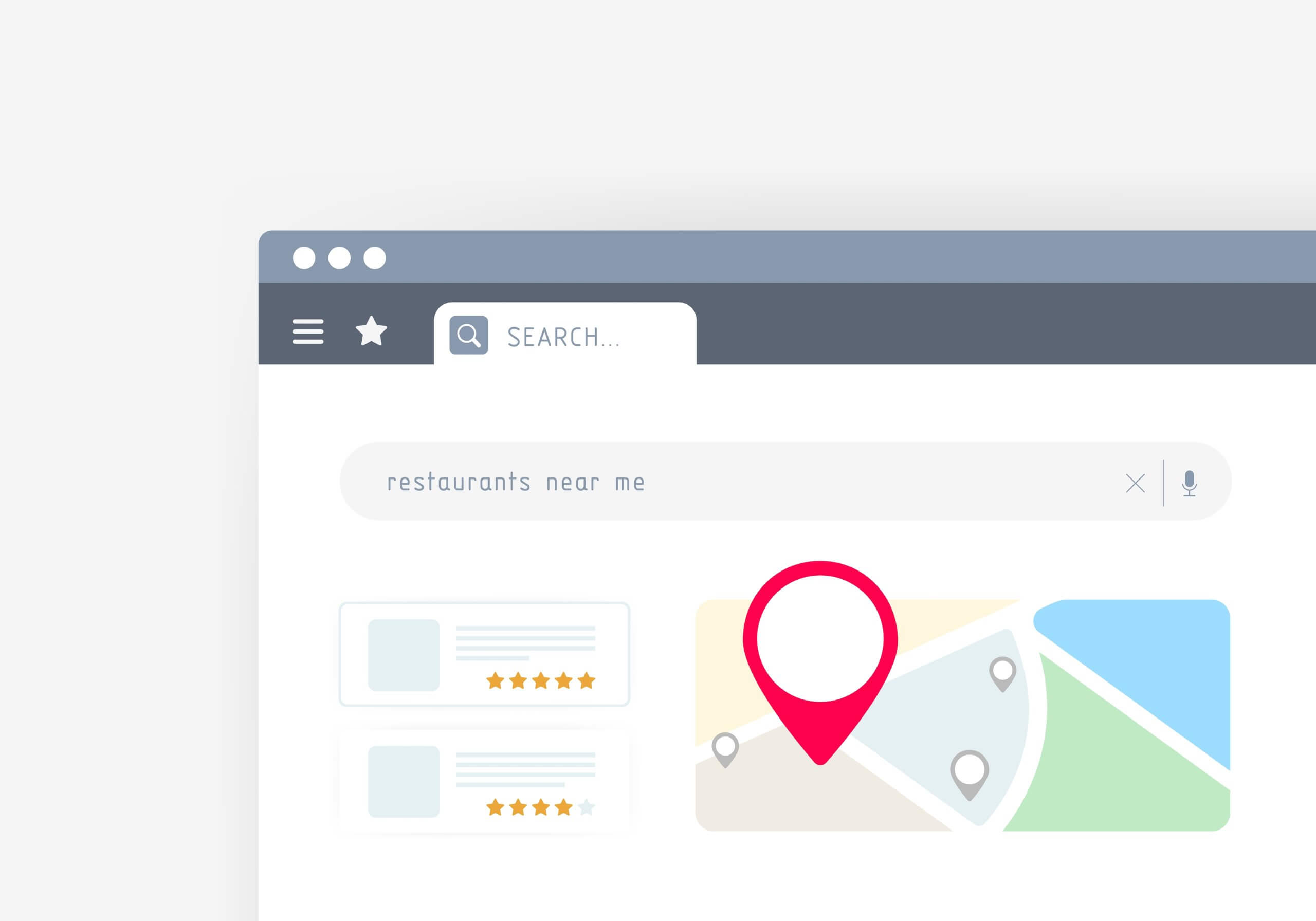
While many businesses are digital only, many others still have a store or physical location and depend heavily on foot traffic. If customers aren’t coming in, they are spending their money somewhere else. This is where local SEO comes to the rescue so that customers can find you more easily.
There are several steps to consider as part of your local SEO strategy. To begin with, you need to claim your Google My Business page and fill in details such as your name, opening hours, phone number, location, reviews, etc. It pays to optimize your listing with real customer reviews, descriptive information, and quality photos.
Upload new photos and publish posts regularly and make sure you respond to reviews and answer questions. Other things that you can do include displaying trust symbols and awards, using your location in your descriptions, page titles, and keywords, and adding a Google Maps Marker.
Mobile SEO

Mobile SEO is becoming increasingly important as 63% of all searches are now mobile (Statista). This trend is expected to be growing fast. Not only is the volume of searches exploding but Google’s Mobile-Friendly Update, also known as Mobilegeddon has penalized non-mobile-friendly websites.
Given that Google has optimized their algorithm for mobile and a large percentage of search is also mobile, you want to make sure you reach people on all devices.
There are several ways you can optimize your website for mobile, like integrating responsive design, improving your website’s load time, and optimizing for local. As a rule, a website that loads properly and fast adds value for users, and is understandable to the search engines is considered mobile-friendly.
eCommerce SEO
eCommerce SEO is the practice of optimizing your online store to rank higher in search results. It typically involves optimizing your navigational and internal link structure, metadata, product descriptions, and headlines.
You also want to improve page load speed, incorporate responsive design, optimize your product pages, and create quality content. All these will help create lasting value for visitors while greatly reducing paid search costs.
Why Is SEO an Important Part of Digital Marketing?

SEO is crucial because it makes your website, products, and brand more visible. It helps generate qualified leads that are eager to connect and engage, making it key to increased confidence and conversion. Higher search ranking also means more organic traffic which is targeted and drives conversion rates.
SEO is not only about ranking high in search results, however. Good practices help improve the usability of a website and the user experience. Examples of good practices are optimizing for mobile, reducing your page load time, and incorporating an easy-to-navigate interface. An improved user experience drives engagement rates, resulting in lower bounce rates and higher conversions.
SEO Marketing: Advantages and Disadvantages
SEO marketing has both advantages and limitations and the decision whether to invest in optimization depends on factors such as your business goals, team’s size, marketing budget, and current search traffic.
SEO Advantages

High-ranking websites attract more visitors. Websites that show on the first page of Google capture 91.5% of traffic. Page 2 of Google only gets 4.8% of search traffic clicks while pages 3 and 4 capture 1.1 and 0.4% respectively (Infont Webworks).
Websites that rank high in search results not only attract more visitors but generate targeted traffic. SEO puts your website in front of consumers who are searching for the kinds of products you are marketing.
An added benefit is that you are in control of your digital presence, content, and target audience. There are plenty of ways to identify your target audience and the types of content that add the most value to potential customers. You can look into your current customer demographics, analyze SERPs, or use social insights to create content that is perfectly aligned with potential buyers.
Additionally, SEO can help:
- Improve brand awareness
- Enhance the user experience
- Create credibility and trust
- Improve ROI
SEO Disadvantages

While SEO can be very beneficial for your website and brand, there are some limitations and disadvantages to consider. For one thing, it takes time to show results, especially if your niche is highly competitive. Indexing and ranking can take days or weeks to do and your search rankings can drop due to algorithm changes and updates. Other disadvantages of SEO are:
- Results are not guaranteed
- You can get penalized
- Takes time to accomplish a decent ROI
SEO Marketing Benefits: Why is It Important for Your Business?

There are plenty of reasons to include SEO in your marketing mix – to generate more leads, target customers at every stage of the sales funnel, lower advertising costs, and get measurable results.
Reason 1 – Generate More Leads
Optimizing your content and home page with relevant, high-ranking keywords and producing engaging and informative content will help you generate quality leads and higher revenue and sales.
Reason 2 – Target Customers at Every Step of the Buyer’s Journey
You can use content SEO to target each step of the marketing funnel. During the awareness stage, content focuses on informing and educating your target audience. The types of content that work well in this stage are e-books, videos, infographics, and shareable blog posts.
The middle of the funnel is where potential customers decide whether they need your product or not. They are looking for content that demonstrates the benefits and uses of your product, including how-to guides, white papers, and case studies.
The conversion stage is where you need to convince your customers that investing in your product is a smart move. Here you can use side-by-side comparisons, consultation offers, and live demos to influence the buying decision.
Reason 3 – Lower Advertising Costs

SEO benefits your marketing strategy by lowering your advertising spending. Ranking high in the search results for relevant keywords brings constant, targeted traffic without having to pay for visitors to click on your ads. You may opt to run just one or two PPC campaigns instead of ten and use your marketing dollars to optimize your SEO strategy.
Reason 4 – Get Measurable Results
There are certain performance indicators that you can track to gauge the success of your marketing campaign. The main metrics that you should look into are clickthrough rate, average page load time, pages per session, and bounce rate. Other metrics you should be tracking include:
- Referring domains and backlinks
- Keyword rankings
- Organic traffic
- Leads and sales
How to Create an Effective SEO Marketing Strategy?
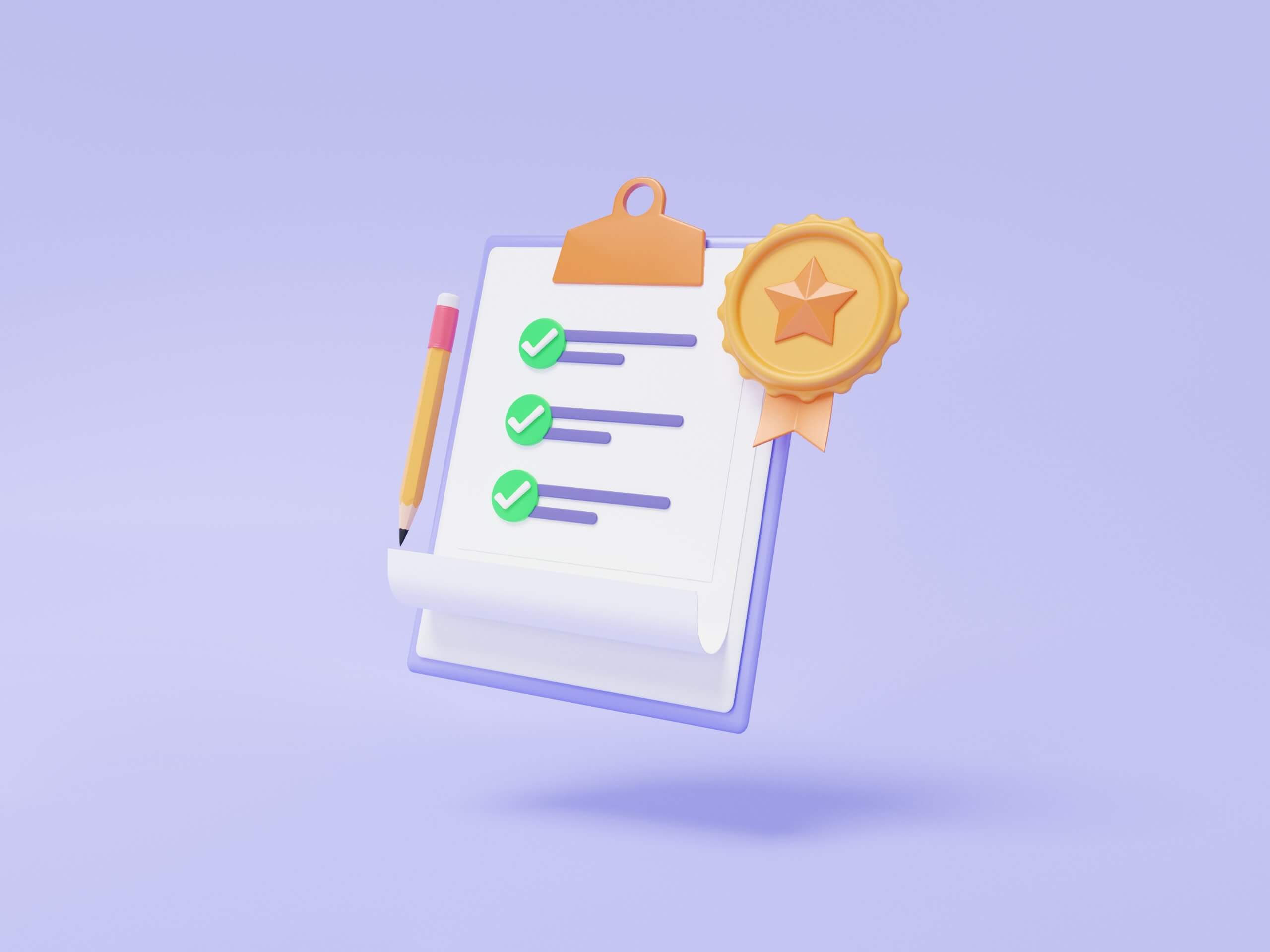
Reducing bounce rates, increasing visitor time on pages, and improving the customer experience are some of the goals that every business should be aiming at. An effective SEO marketing strategy can help achieve these goals and drive long-term growth.
When it comes to putting together a comprehensive strategy, involves several steps, from defining key performance indicators and performing keyword searches to deciding on the types of content that align with your customers and measuring success.
How to Define KPIs
KPIs (key performance indicators) are metrics that help you measure the performance and effectiveness of your marketing campaign. As part of your SEO strategy, you want to choose the right KPIs that align with your business goals. If you are a start-up, for example, you want to use metrics related to business model validation, including unique users, impressions, and click-through rate.
More established organizations typically look at metrics such as customer lifetime value and cost per acquisition. You can also include other metrics such as backlinks, branded vs. non-branded traffic, and scroll depth, depending on the stage your business is in and your marketing objectives.
How to Perform Keyword Research

Your keywords tell the search engines what you do and what your content is about so that it can be categorized and indexed properly. What this means is you cannot just plug in your company name and the product you are seeking to sell. What you should do instead is make a list of topics and categories that are relevant to your brand and product. Then create a list of words and phrases for each category that your customers are likely to use.
You can use data analytics software to identify keywords that people enter in search engines to arrive at your website. If you are a pet health clinic, for example, under the category “Pet health” you might list pet health care, dog diseases, cat eye problems, tooth infection in dogs, etc. As a final step, you want to look at the strength of your keywords using an SEO tool like Semrush, Ahrefs, or Wordtracker.
How to Choose from Different Types of Content for Your Website
Generally, the types of content that work well for SEO include long-form articles, short-form evergreen content, blog posts, and interactive elements. Content that regularly appears at the top of search results also includes videos, multi-page guides, information-rich lists, and visual and photo galleries.
With that in mind, you can narrow down your choice to a couple of content types that are relevant to your audience. Next, to come up with a content plan, you need to get to know your audience, their online habits, preferences, and motivations.
Consider the demographics of your ideal customer. Older generations prefer long-form text while Millennials find video more engaging. Gender is also an influential factor when choosing from different types of content. Women, for example, tend to prefer content that is either educating or entertaining (Social Toaster).
Also, you want to find what types of content your target customers are engaging with and sharing, where they spend their time online, etc. This will not only help you choose the best content types for your audience but come up with topics and ideas they find relevant, meaningful, and engaging.
How to Conduct a Competitor Analysis
You won’t really need SEO if you didn’t have any competition. However, as long as other businesses are manufacturing furniture, appliances, or whatever else you specialize in, you need to differentiate yourself from the competition.
You’ll want to find out what others in your niche are doing, their site structure, topic clusters, and backlinking as well as where you are outranked. Also, make sure you identify relevant, competitive keywords and phrases and where your opportunities are.
How to Measure Success

To measure success, you need to track the metrics you identified as the most critical for your business as well as some important indicators like top exit pages, bounce rate, and organic sessions. You may also want to perform an SEO audit to get a good understanding of various aspects of your website.
An SEO audit will help you to find out how your website is performing, how visitors are engaging with it, its current position in search results, and the quality of its content. When auditing your website, pay attention to factors such as page speed, meta descriptions and page titles, indexed pages, crawlability, and content quality.
🔥 Tip: Hundreds of growing businesses use Socialfix to create their SEO marketing strategy and showcase their products and services. 
SEO Tools to Boost Your Business Performance

There are many SEO tools out there to help you rank higher on search engines, improve the user experience, and assess your website’s performance. These tools provide important insights into the competition, information about keywords and backlinks, the flow of visitors from external sources, and a lot more.
With these tools, you will be able to identify weaknesses and areas of opportunity, what’s working, and which aspects of your SEO marketing strategy might need some tweaking.
Most standard tools can perform a variety of tasks such as:
- Link suggestion
- Page Comparison
- Meta tags analysis
- Broken link tests
- Audits
- Sitemap testing
- Keyword mapping
Ahrefs
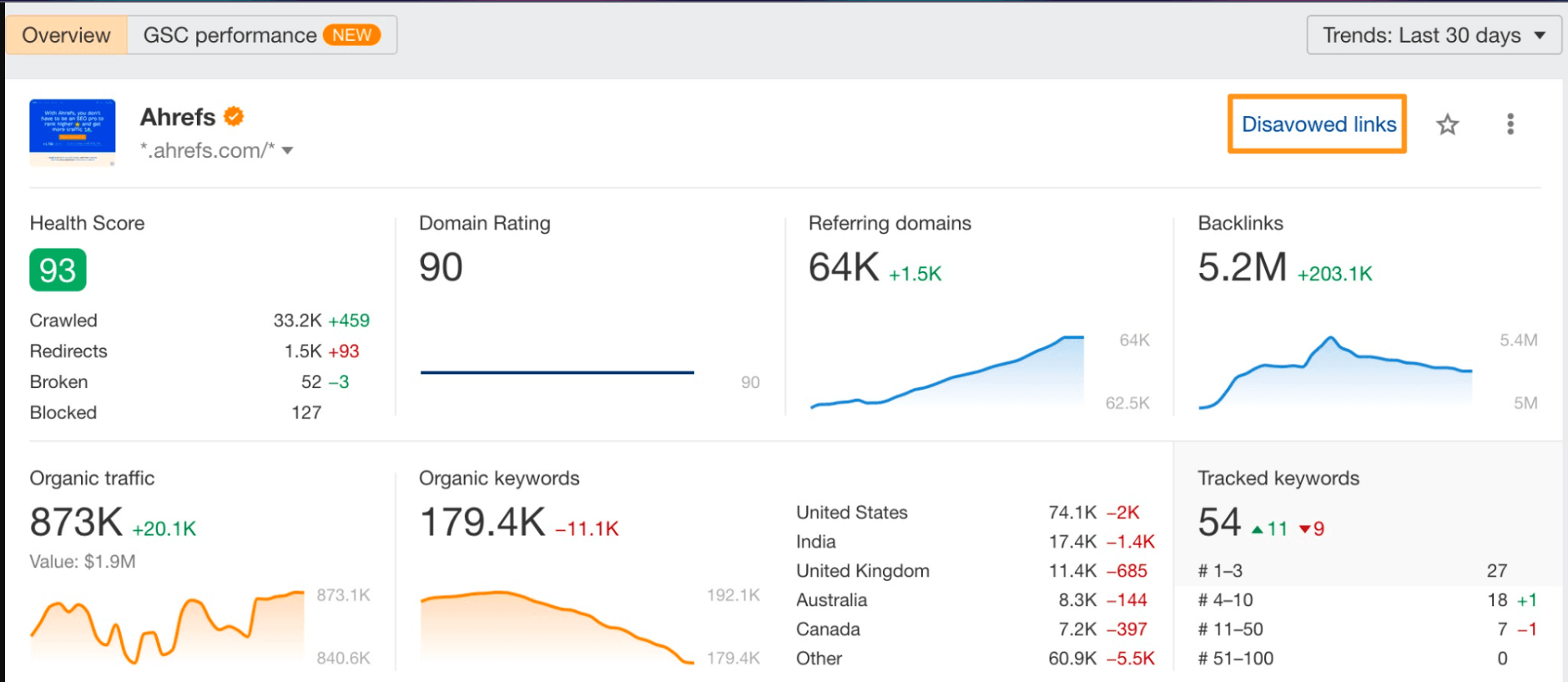
One of the most recommended SEO tools out there, Ahrefs has a client base that includes giants like Facebook, Uber, LinkedIn, and Netflix. This product works by crawling websites and search engines for data, enabling webmasters to identify the most linked content in their niche, the top trending Google searches, and link-building opportunities.
With this tool, you can identify your best-performing pages, check for broken links, perform domain analysis and keyword searches, and more.
Semrush

Semrush is an SEO marketing tool that helps you assess your rankings, perform a keyword search, and gain insights about your competitors and their backlinks. You can use it to complete tasks like content creation and optimization, on-page and local SEO, link building, and market analysis.
One of the most popular features of Semrush is their suite of competitor analysis tools which allows you to identify your organic search competitors, their traffic sources and total traffic, top products, and user engagement. Along with being a great competitor analysis tool, Semrush enables you to identify keywords and compare their advertising and organic value by the number of results, keyword difficulty, intent, and search volume.
The On-Page SEO tool is also a great addition to your marketing toolset, allowing you to monitor your rankings, perform a website audit, and find recommendations on how to fix navigational and technical problems.
KWFinder
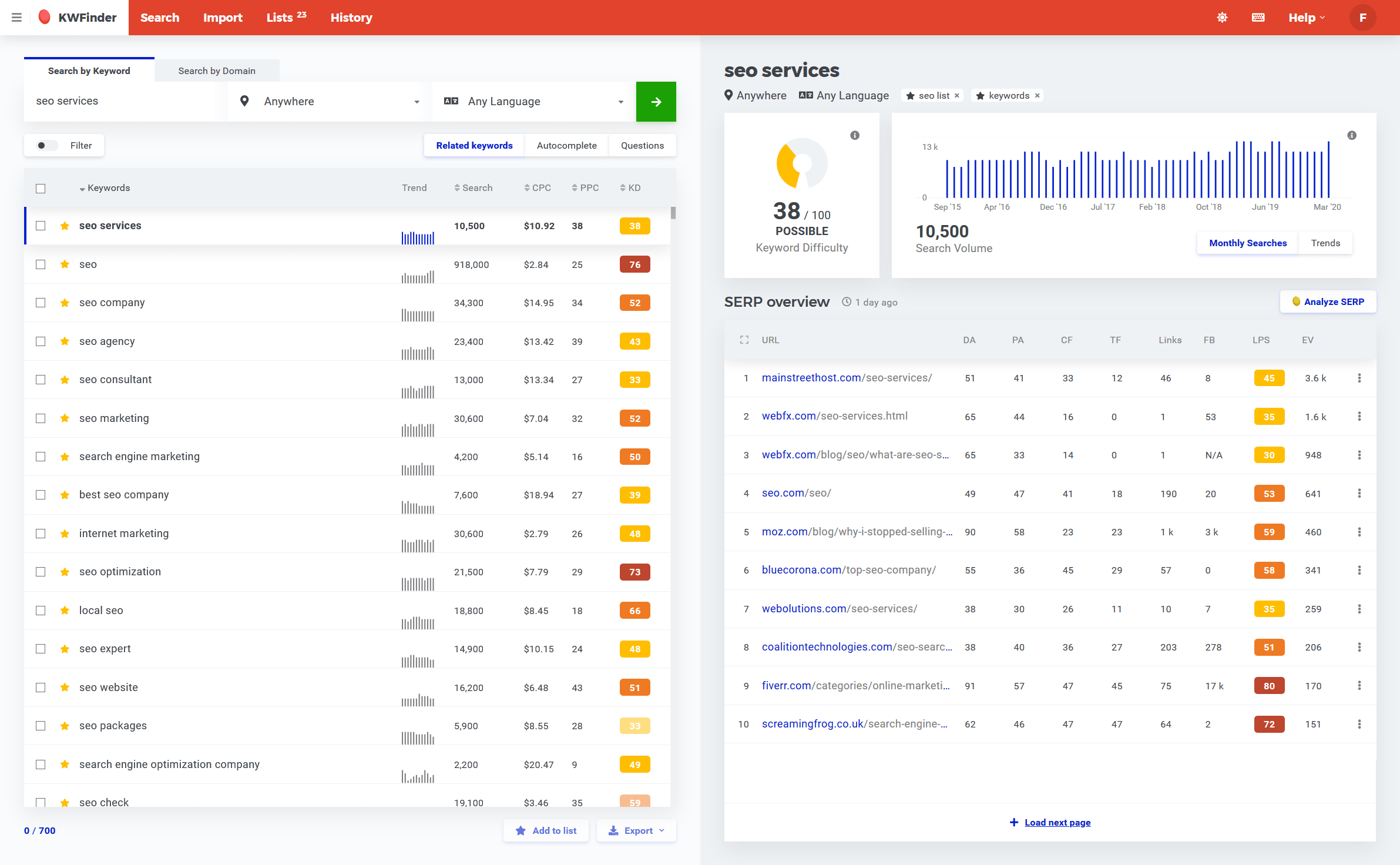
An excellent keyword search tool, KWFinder enables you to identify keywords with a low level of competition that appear frequently in search results. Using the Search by Keyword feature allows you to discover the relative difficulty and search volume for a specific word. The Search by Domain feature enables you to identify what your competitors rank for.
Additionally, this tool allows you to search by location, including country, county, region, and city to discover location-specific keywords. And if that’s not enough, KWFinder enables you to organize and filter keywords, import in bulk, perform SERP analysis, and discover metrics like keyword search trends, PPC, and CPC.
Woorank
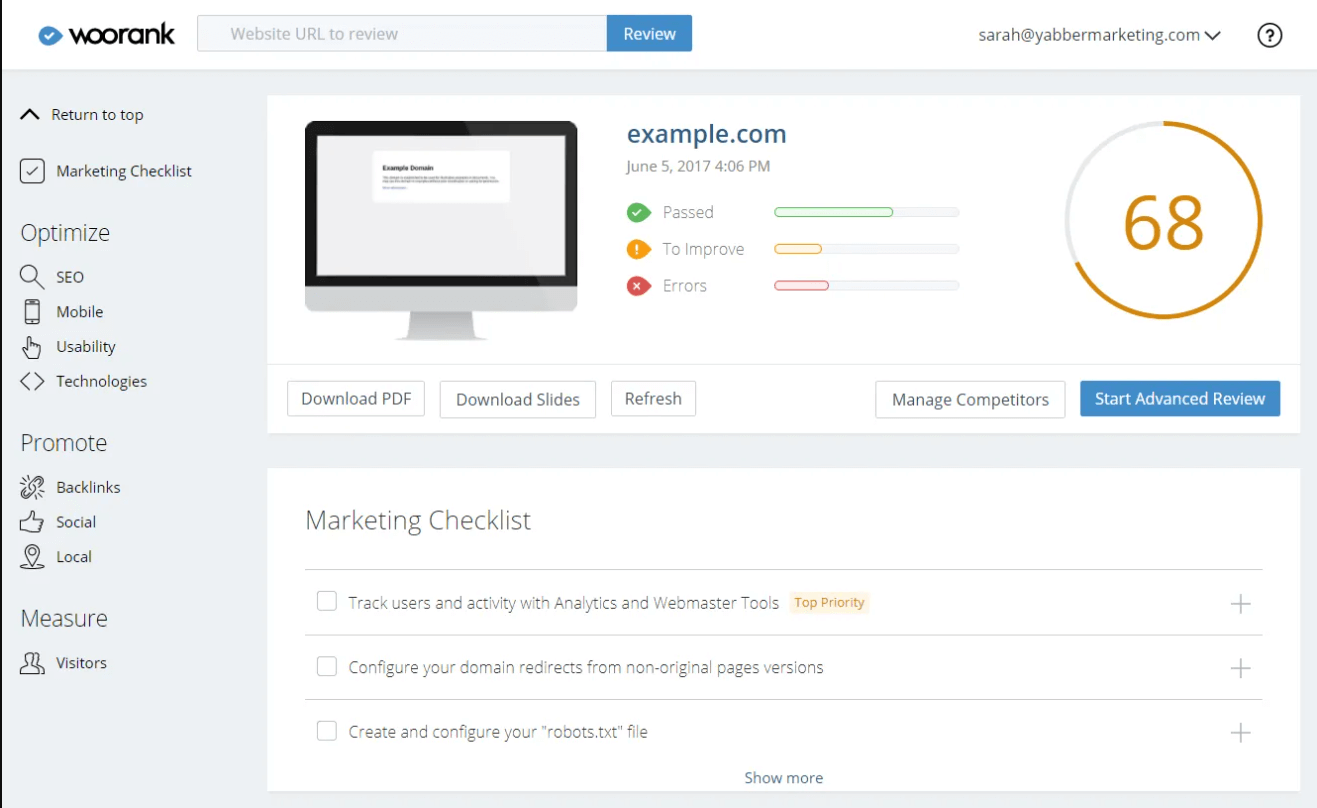
An SEO analysis tool with a paid and free version, Woorank allows you to track how your keywords perform and how competitor websites are ranking for specific keywords. It will also help you identify content and technical issues such as broken links, downtime, and duplicate content. Woodrank covers a variety of on-site factors that impact website performance, including XML sitemap, in-page links, headings, mobile-friendliness, and shema.org markup.
The best thing about this tool is that it covers both off-page and on-page SEO to help you analyze, monitor, and optimize your website. It is a reliable and easy-to-use tool for SEO strategists, online marketers, webmasters, and digital agencies to boost traffic and conversions.
Google Trends

Google Trends has been around since May 2006, showing keyword data such as search engine users, geographical information, and search volume index. You will get information about rising and top queries, keyword performance in provinces, states, and countries, and interest over time.
You can also see how specific keywords perform on YouTube searches, news and image search, and Google shopping. And you will get tons of additional data about keyword performance, including related topics, trending queries, most relevant articles, and trend variations by region.
SEOQuake
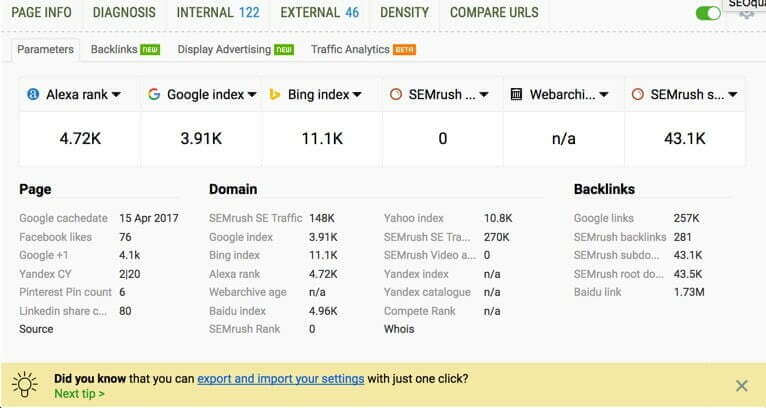
SEOQuake provides you with helpful SEO metrics for landing pages and domains, including SEMrush Ranking data, Alexa rank, Facebook rank, and the number of indexed pages. It also analyzes your external and internal links, performs on-page audits, and does website comparisons, including the number of backlinks and indexed pages.
You can use it to check many SEO parameters such as site maps, canonical addresses, headings, and meta and title descriptions. Another helpful feature is keyword analysis which displays all of your keywords by prominence, density, and repeats.
Siteliner
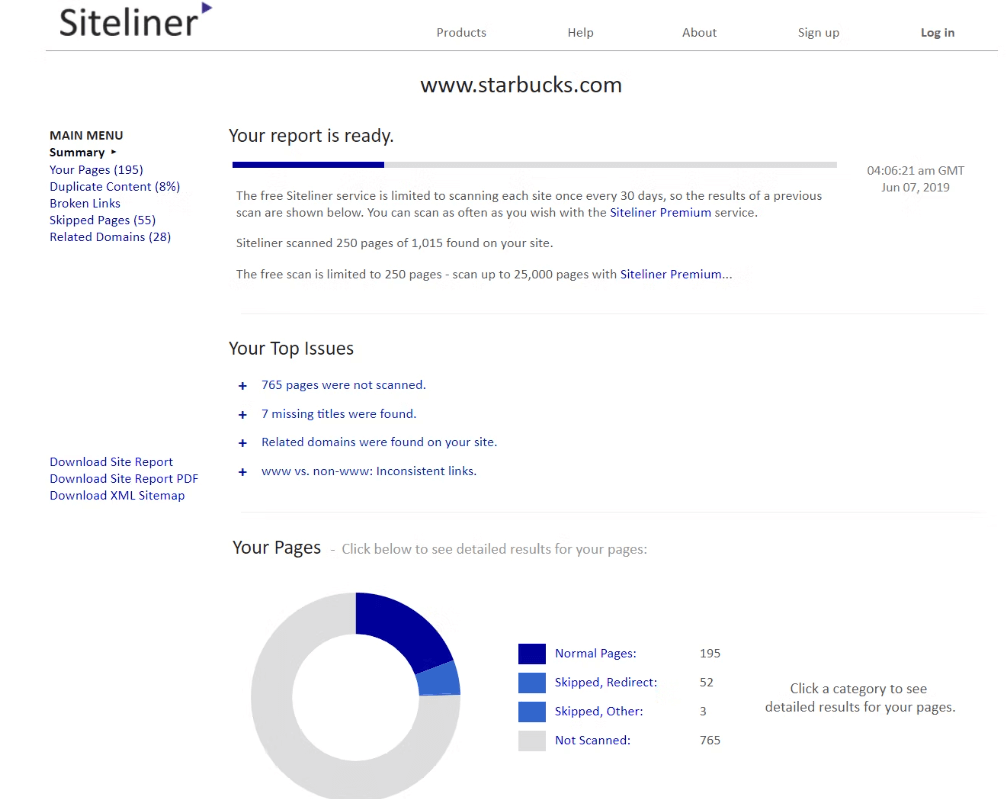
A web crawler and SEO checker tool, Siteliner checks for website issues such as duplicate content, broken links, and more. It scans your entire website and provides data about each page, including the date modified, number of words, average page size, title, and URL.
Siteliner also helps you identify your most prominent page and pages that are not relevant and need to be updated or removed. Additionally, the tool retrieves data such as internal links per page, average site speed, and external links, helping you fix any issues that affect website performance.
Powerful SEO Tips to Boost Traffic to Your Website (And Improve Your Business’s Performance)

One of the biggest challenges that marketers are faced with is generating more traffic and leads. There is a lot of misinformation about how to increase website traffic, which often results in using the same tired strategies without seeing an increase in sales. To help you drive traffic to your site without burning cash, here are some powerful SEO tips that are proven to yield results.
Tip 1 – Pick a Primary Keyword
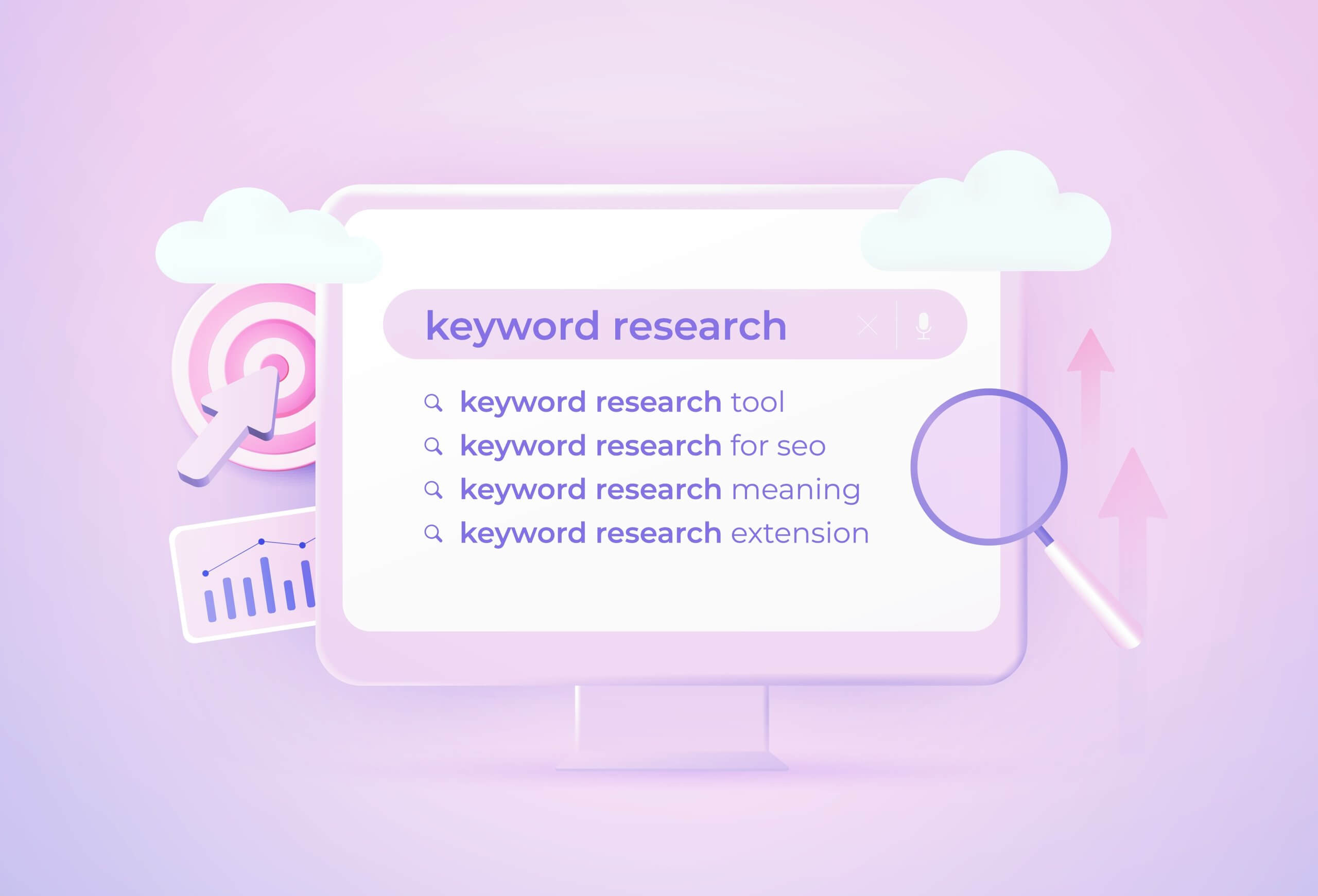
The first step to developing an effective SEO strategy is identifying relevant keywords around which you will design a set of blogs, articles, or other forms of content. Your primary keyword is the word you are seeking to rank for and the main focus of your content. It should be relevant to your product or service, your brand, messaging, and marketing strategy.
You also need secondary keywords, including long-tail variations, subtopics, and synonyms that support the main topic. There are several ways to go about this and find secondary keywords – you can use Google autocomplete or Google Keyword Planner, look for semantics and synonyms, or use paid research tools.
Tip 2 – Generate Quality, Engaging Content
If you want to attract visitors and make them stay longer, you need content that is engaging, comprehensive, evergreen, and original. Original content not only boosts your search rankings and visibility but shows potential customers your unique perspective. People appreciate the effort and real creativity and want to see content that is authentic, personal, and relevant.
Ideally, your content should also be in-depth and comprehensive, leaving your audience feeling informed and well-educated. Comprehensive content doesn’t necessarily mean long, however. It means diving into complexities and making complex topics accessible for readers to keep them on a page longer. You can also add interactive elements such as quizzes, photos, and videos to keep visitors engaged.
Lastly, people love evergreen content because they get good value. You want to offer readers content that is timeless and brings long-term value. Whether in the form of best practices and tips, how-to guides, or case studies, evergreen content stays interesting and relevant long past its publication date. You should avoid content that is unlikely to remain relevant, including time-sensitive data, breaking news, and seasonal stories.
Tip – Optimize Your Meta Description and Page Title
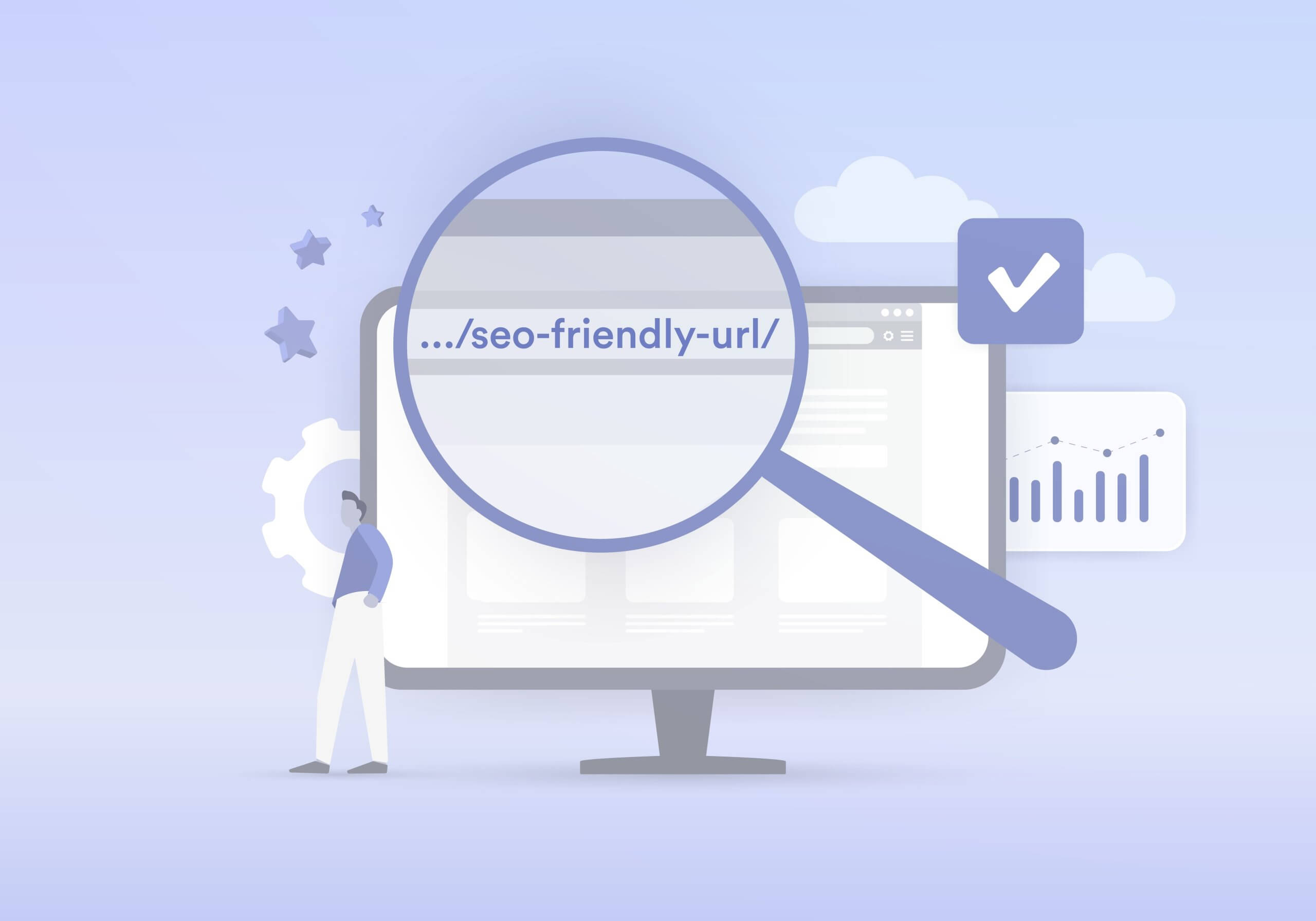
Your meta description and page title are the first things that visitors see. They influence the first impression that users have of your website and brand and whether they will skip or click on your page. Also, your meta description and page title tell the search engines what your website is about, making them critical for ranking.
When optimizing your title and meta tags, there are a few things to keep in mind. First, you want to ensure they are unique and communicate what makes your website and brand unique. Second, you need to include the primary keyword you want to rank for while keeping your title tags between 50 and 60 characters and your meta description at around or under 160 characters.
As your meta description is also your sales message, you want to include a call-to-action without sounding too salesy. Make sure it matches your brand’s voice and the content of your website. A misleading description is likely to increase your bounce rate and can get you a Google penalty.
Tip 4 – Improve Website Loading Speed
Slow page speed means a couple of things. It doesn’t just affect the user experience but spider bots would crawl fewer pages, impacting indexation. Page speed is also one of the main ranking factors.
If your website loads slowly, you should look for various issues that could be the reason behind page snowlines. Examples are broken links, too many ads, excessive HTTP requests, and unoptimized images. Other reasons your website is loading too slowly could be unclean code, bad hosting, excessive flash content, and an outdated CMS.
Tip 5 – Perform Regular Audits

Conducting regular website audits is the best way to ensure that your site is healthy, user-friendly, and functional. It can help you fix SEO issues that you would otherwise miss, including slow loading times, orphaned pages, and broken links.
Generally, an SEO audit will provide you with important insights about your website’s speed and performance and how well it is optimized for search. An SEO audit may include analyzing video and image optimization, traffic, links, keywords, and metadata. A host of issues can be fixed by a website audit, like indexability, mobile-friendliness, URL structure, and duplicate content.
More specifically, you can conduct smaller audits analyzing your competitors, conversion rate, backlinks, or user experience.
Tip 6 – Analyze Your Competitors
As your competitors are marketing similar products or services, they are likely spying on you too. And chances are they are targeting your customers through their interests and behaviors, niche keywords, and specific types of content.
Analyzing your competitors will help you to identify their strengths and weaknesses, gaining valuable insights into what works, and where you currently measure up.
Using SEO tools can help you analyze your competitors, how much traffic they get, what their major traffic channels and sources are, and what keywords they rank for. You will get an overview of their top-performing pages, links, relevancy of linked content, and a lot more. 
How to Measure Your SEO Marketing Strategies and Success

SEO results don’t just happen overnight, which is why they call for a good amount of tracking. There are several metrics that you can monitor to measure your SEO marketing success, including traffic, leads, and conversions.
Monitoring your online performance also involves analyzing the quality and progress of your website’s ranking, visibility, and engagement capabilities. By monitoring your progress, you will get a clear idea of where your brand stands when it comes to click-through rate, conversion rate, keyword rankings, backlinks, organic traffic, and bounce rate.
How to Track Your Keyword Rankings
When you developed an SEO marketing strategy, you identified a primary keyword and secondary words to rank for. Now you want to track your keyword rankings and where your website stands against your competitors.
To measure your progress, you can use SEO tools such as Semrush or Google Rank Checker which will show you your keyword position by country or region as well as search volume data and cost per click for any keyword.
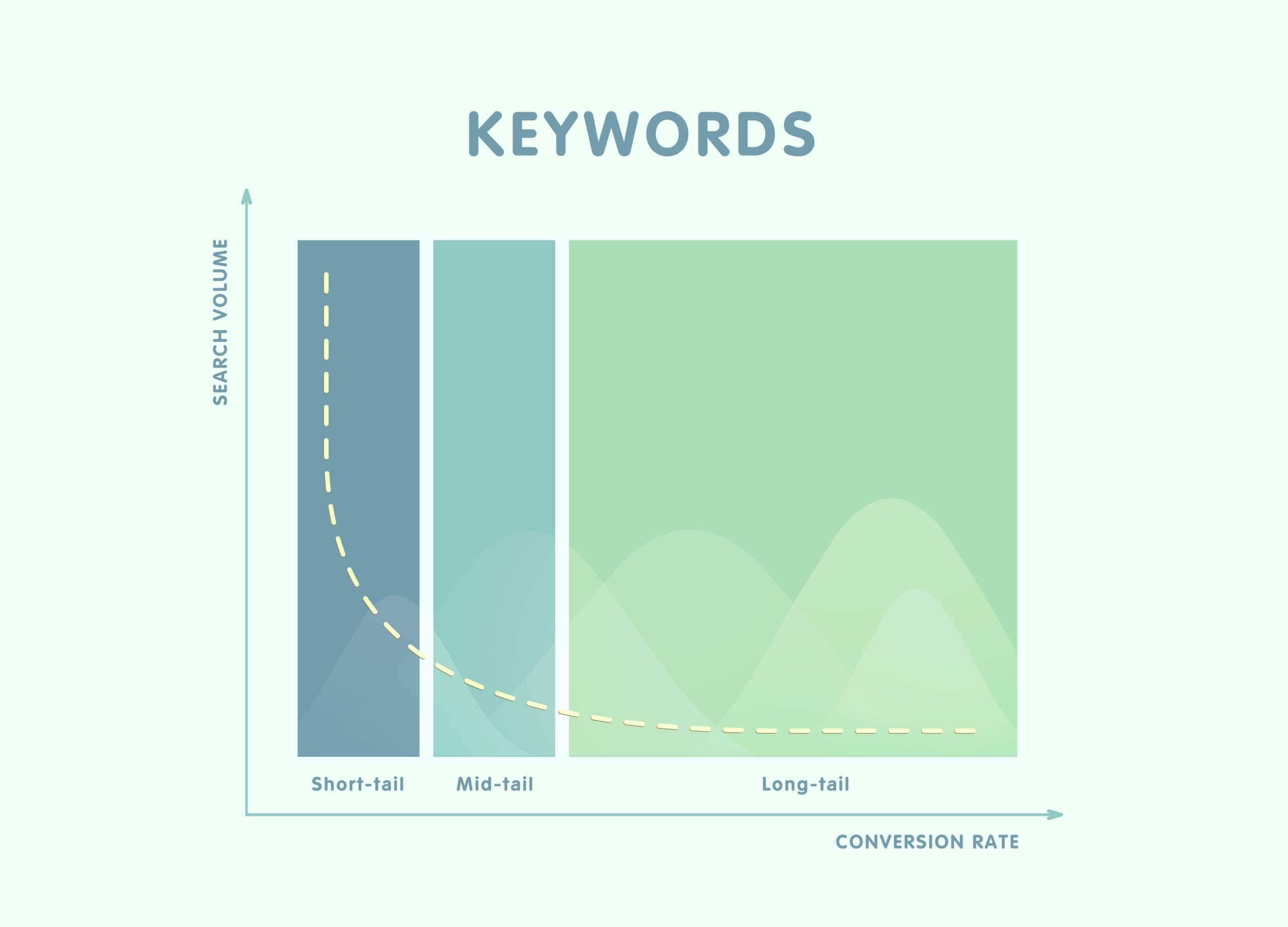
How to Track Your Bounce Rate
Your bounce rate shows you the number of users that visit your website and leave without interacting with any of your other pages. A high bounce rate results in low conversion as the majority of visitors leave without clicking on a link, filling out a form, or buying something from you.
If you are a business owner or marketer, you want to understand what your bounce rate is and how it affects your SEO strategy. You can calculate your bounce rate by dividing the total number of bounces by the total number of entries. As a rule, a rate between 26 and 40% is considered good but it also varies by device. It is 45% on a tablet, 51% on mobile, and 43% on a desktop (Contentsquare).
If your bounce rate is between 70% and 90%, that can be a major cause for alarm. You may need to look at various issues that could be causing your bounce rate to soar. Common reasons include low-quality content, slow loading, misleading meta description, and title tags, and CTA-heavy features, including too many ads, subscribe buttons, and pop-up surveys.
How to Measure Search Visibility
Search or organic visibility refers to the strength and size of your keyword footprint. It shows you how much traffic you get based on your rankings. The higher you rank for each keyword, the greater your search visibility and the likelihood your website will receive traffic.
There are several tools to track your website’s visibility, each calculating it based on different parameters. Moz Pro’s Search Visibility Score, for example, applies an estimated CPC to all of your keyword rankings while Semrush’s Position Tracking Tool calculates changes in traffic and visibility for your target keywords.
How to Measure Session Duration

Session duration metrics show you the average amount of time visitors spend interacting with your website, which can include one or multiple pages. A good duration session is anything between 75 seconds and 3 minutes.
If it is less than 30 seconds, then you might be targeting the wrong keywords or your content is not relevant, useful, and engaging. To calculate the average duration of sessions for your website, simply divide the total duration by the total number of sessions.
How to Calculate Exit Page Rate
Your exit page rate allows you to identify where visitors are leaving your website. It can be calculated by dividing the total exits by the number of page views. A poll by Databox reveals that 28.21% of websites have an exit rate below 25% and an equal number of respondents report a rate between 41 and 55%. For 10.26% of respondents, the exit rate is between 56 and 70%.
Pages with a high exit rate show potential problems with your website such as an unattractive user interface, a slow-loading site, or vague product descriptions. Common reasons visitors leave your website can be too many distractions, low-quality traffic, and bad user experience.
SEO Marketing and Search Engines

Why You Should Optimize for Different Search Engines?
Google is the most popular search engine by far, with a market share of 84.73%. This doesn’t mean it is the only search engine, however. Bing has a share of 8.66%, followed by Yahoo (2.59%), Yandex (1.49%), and Baidu (0.64%) (Statcounter GlobalStats).
While Google is the clear leader in online marketing, the thing is that everyone else competes for traffic. Furthermore, the engine’s market share has been declining. In June 2021, it had a desktop search engine share of 87.76%, down by slightly over 3% in June 2022. Its total share also fell by 0.61% on a year-on-year basis (Statcounter GlobalStats).
Also, Google has long been criticized for advert tracking, data harvesting, and disclosing information to governments. If your potential customers are aware of data harvesting and tracking, they may choose to move to other search engines.
Finally, Google is not the most popular engine for video content, product searches, and visual searches. Depending on what your target audience is and what they are looking for, optimizing for different search engines can be a worthwhile effort.
Google SEO
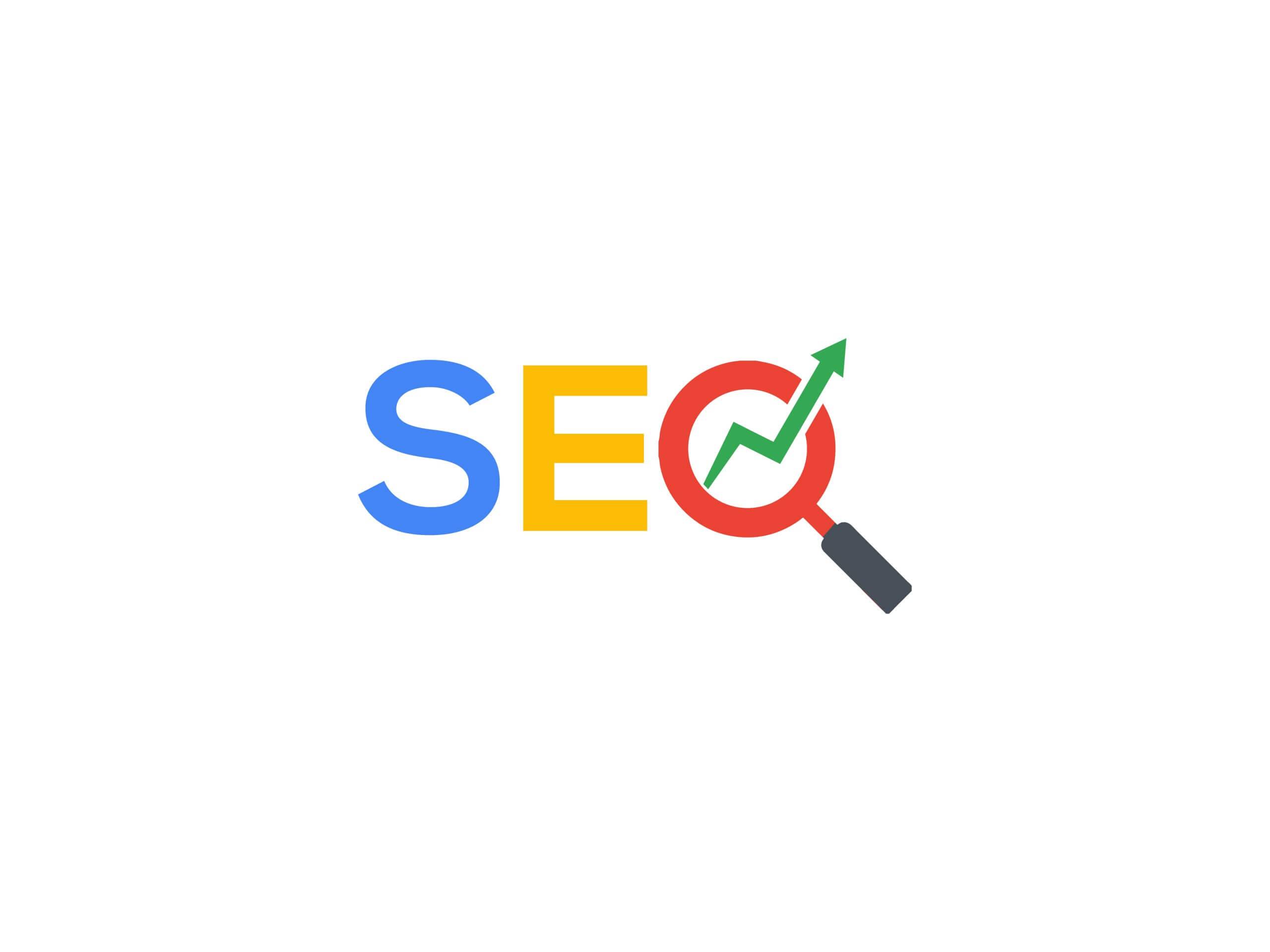
Unlike other search engines, Google doesn’t use meta keywords when ranking websites. The most important ranking factors are the quality of your backlinks, internal links, usability on mobile, page speed, and relevancy. The relevancy of your website to search queries is one of the most important factors. You need to select the right keywords for your target customers and create helpful content that provides the answers users are looking for.
Second, Google considers the quality of your backlinks, and earning links from authoritative websites can boost your search visibility and ranking. You should avoid black-hat link-building tactics such as cloaking, low-quality guest posts, private blog networks, and spammy blog comments. Also, Google is known to give preference to backlinks from domains such as .gov, .org, and .edu.
Third, Google mainly uses the mobile version of your website when crawling and indexing web pages. Even if your desktop version and content are flawless, your rankings can suffer if you don’t optimize for mobile. You want to preview your website and make sure it can be accessed from mobile devices.
Bing SEO

When it comes to keywords, Bing is a little different than the other search engines. You need to use exact keyword matches in your H1 and H2 tags, domain name, meta descriptions, and title tag. Bing also considers social signals when indexing and ranking websites. The more shares you get on sites like Twitter and Facebook, the higher your rankings in SERPs.
Unlike Google, Bing places less importance on mobile friendliness. Mobile optimization is still a ranking factor but not as much, especially when it comes to button size on mobile devices, content spacing, readability, page fit, and viewpoint configuration.
Finally, backlinks are a ranking factor for both Bing and Google but they handle them differently. Authoritative domains like .org, .edu, and .gov and older domains tend to rank higher on Bing.
Yahoo SEO
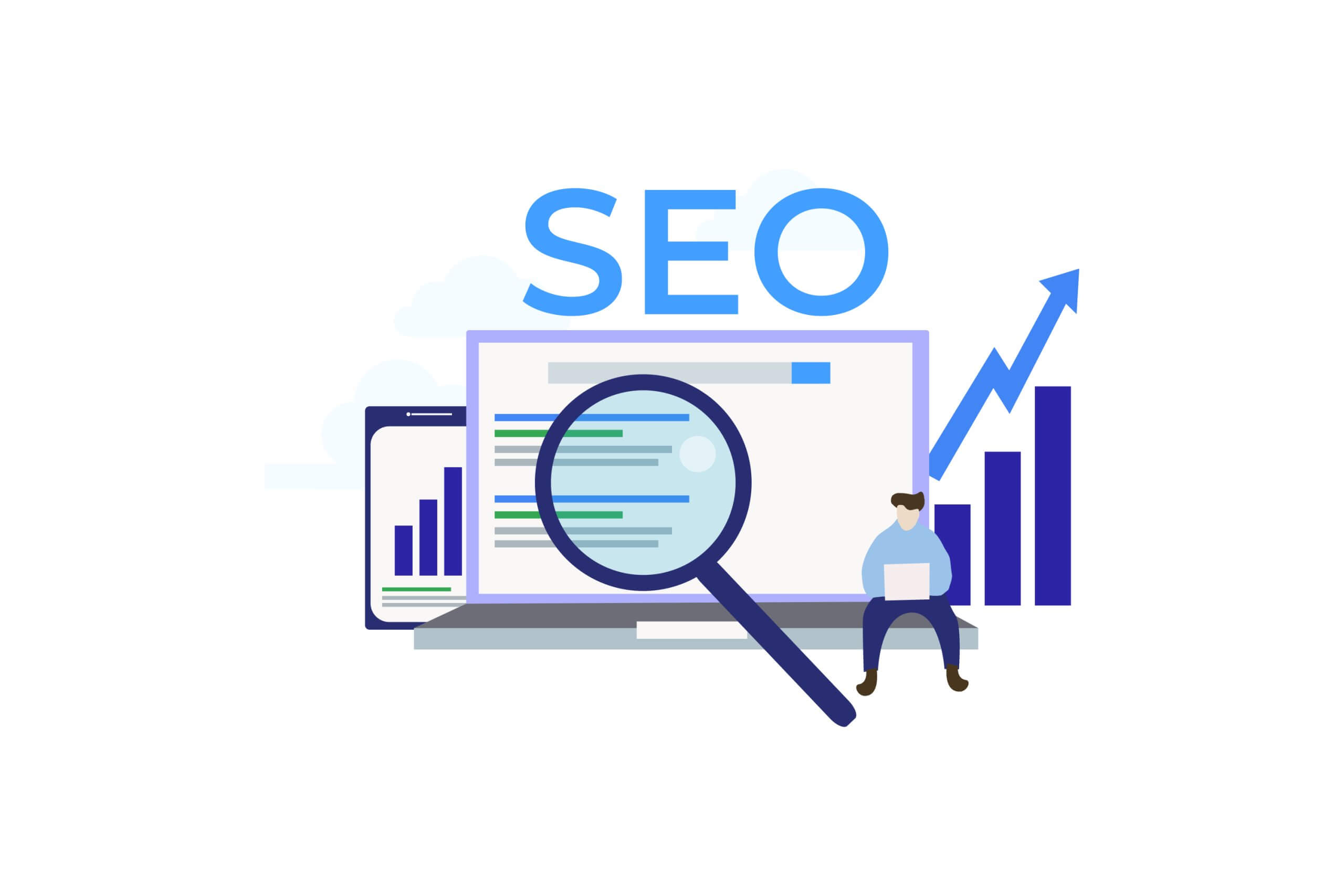
Yahoo’s home page is more interactive and includes a wide variety of features, including sports scores, email, travel, shopping, and news. Along with offering tons of helpful information to users, optimizing your website for Yahoo is relatively easy. As it is powered by Bing, Yahoo also favors factual content and older, authoritative domains.
Both search engines look for straightforward keywords in your content, page titles, and tags, which makes optimizing easier. You’ll want to use these keywords frequently without overdoing them.
Also, Yahoo values backlinks and inbound links more than Google. If your website has a good amount of quality and authoritative links, Yahoo is likely to rank it high in the search results.
Last but not least, SEO for Yahoo depends on quality, helpful content. The guides, articles, and blog posts on your site should be relevant, informative, and sensible. Creating content with little substance and value for users and lots of keywords will only hurt your rankings. You want to publish fresh, engaging content and add a new perspective to a subject rather than just rewriting content.
Baidu SEO

Baidu places more importance on related descriptions, image URLs, and alt tags. You need to optimize image content to drive traffic to your website. This is because Baidu’s image AI is still not up to par with Google’s and relies on metadata and alt tags for ranking.
As Baidu favors websites in Chinese, you need to translate content into Chinese, including your in-image text, footers, menus, sidebars, and widgets.
When it comes to mobile-friendliness, the search engine is especially focused on serving mobile users. This is because China has over 1.28 billion mobile users (Statista), making it the world’s top country by smartphone penetration (Wikipedia).
Ask SEO

Launched as a natural-language search website in 1996, Ask.com enabled users to type in and answer questions in a social media type of environment. Users would ask complete questions like “where can I buy this bracelet?” or “why are flags at half mast today?”
When doing SEO for Ask.com, the key is to optimize for DMOZ and results from their partner websites and their internal directory. Click popularity is also an important ranking factor. You want to share helpful and relevant content that keeps users engaged to boost your click popularity rate. The search engine considers both relevance and authority when ranking pages, making the quality of content key to reaching more people.
Yandex SEO

If you are looking to expand your reach outside the US and into the Russian market, then you should consider Yandex. About 49% of Russian users prefer Yandex and 48% – Google (Statista). Competition is also lower, making it easier to rank and reach your target audience.
While Yandex has been developing in about the same direction as Google, there are some things to consider when optimizing for this search engine. First, your website needs to be in Russian, meaning that you want to use proper translation. Second, older websites are considered more trustworthy but this isn’t something you can control. Instead, you should focus on other factors such as content quality and mobile-friendliness.
Yandex also considers visitors’ interaction with your website, including engagement and time spent on the site. It places a high emphasis on mobile-friendliness, and websites optimized for mobile have an edge over unfriendly ones.
SEO / ASO Marketing and App Stores

What is ASO? Why is App Store Optimization Important?
ASO or app store optimization is a strategy that improves a game or app’s visibility to rank higher in search results. App stores use a variety of ranking factors that you should consider, including engagement, downloads, update cycles, reviews, ratings, and in-app purchases. Also, by using relevant descriptions and keywords, and images, you can rank higher in search results.
ASO is important in that it helps you engage with your target audience by following best practices. It is a way to target relevant users, get discovered, achieve higher conversion rates, and generate more revenue.
iOS App Store

The iOS app store allows users to find stickers, games, and apps across categories, including educational, entertainment, news, books, and business apps. Search results also include collections, tips and tricks, editorial stories, in-app events and purchases, and developers.
With over 2.11 million apps, the App store is the second largest after Google Play (Statista). So, if you want to stand out among millions, there are some things to do to get visibility and downloads. To begin with, you need to use relevant, accurate keywords to describe your app. Be concise and specific as publishers are limited to 100 characters.
Create a compelling name that is easy to remember and avoid generic or long names. Select the right categories for your app, along with additional subcategories that describe it best. Encourage visitors to engage with your product and motivate them to give positive ratings.
Android App Store

Aptoide is a Google Play alternative with a well-designed interface and more than 700,000 apps to choose from. There are also different editions, including a version for set-top boxes and smart TVs, Aptoide Kids and VR, and an app for tablets and smartphones.
When considering SEO for Aptoide, you can choose to target specific countries to maximize your ad’s relevancy. Simply go to Aptoide Ads and choose Create Ad Campaign from the Campaign menu.
In addition to organic downloads, Aptoide allows you to run paid acquisition campaigns to increase your app visibility. Finally, you can choose to join their partnership program and run your app store. This way you can create a storefront and content that serve your audience best.
Google Play
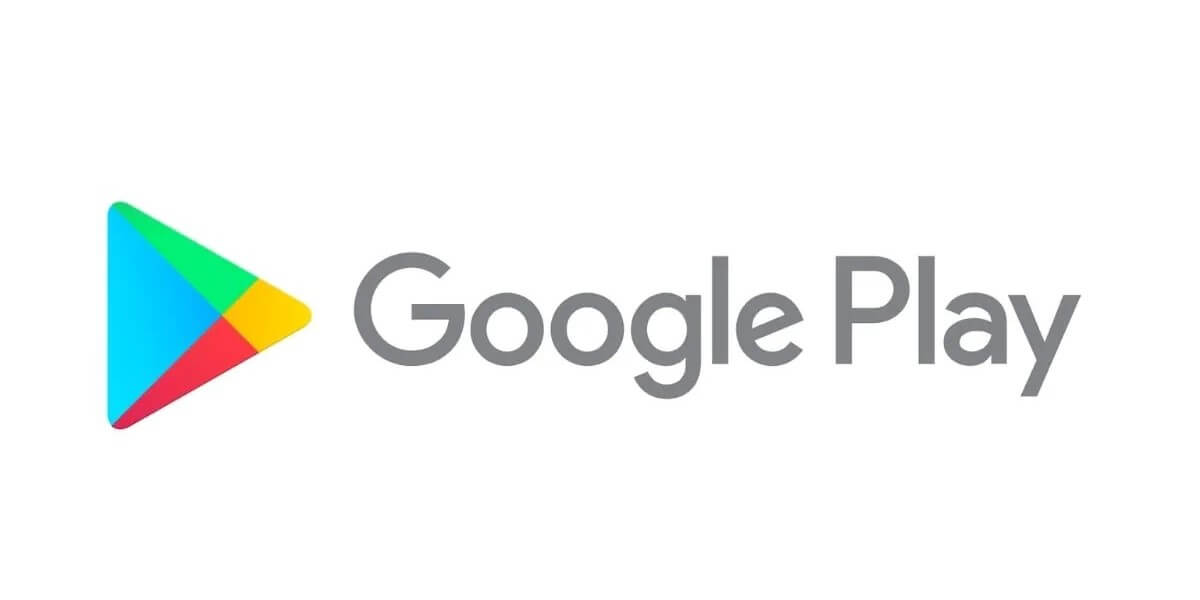
Google Play offers visitors access to millions of Android apps, books, movies, music, and games, with categories ranging from sports, adventure, and action to art, education, and photography. With about 3.3 million featured apps, you have plenty of competition, making it crucial to ensure your listing is optimized and thorough.
To get discovered, you need to come up with a title that is focused, accessible, and memorable. Your description needs to be relevant to what your target audience is searching for. Also, you may want to include quality screenshots so that your listing stands out in featured app lists, categories, and search results.
Finally, Google considers the overall user experience based on several factors, including downloads, reviews, and ratings. Create a meaningful experience for your customers, foster positive feedback, and address any issues that users might have.
Amazon App Store
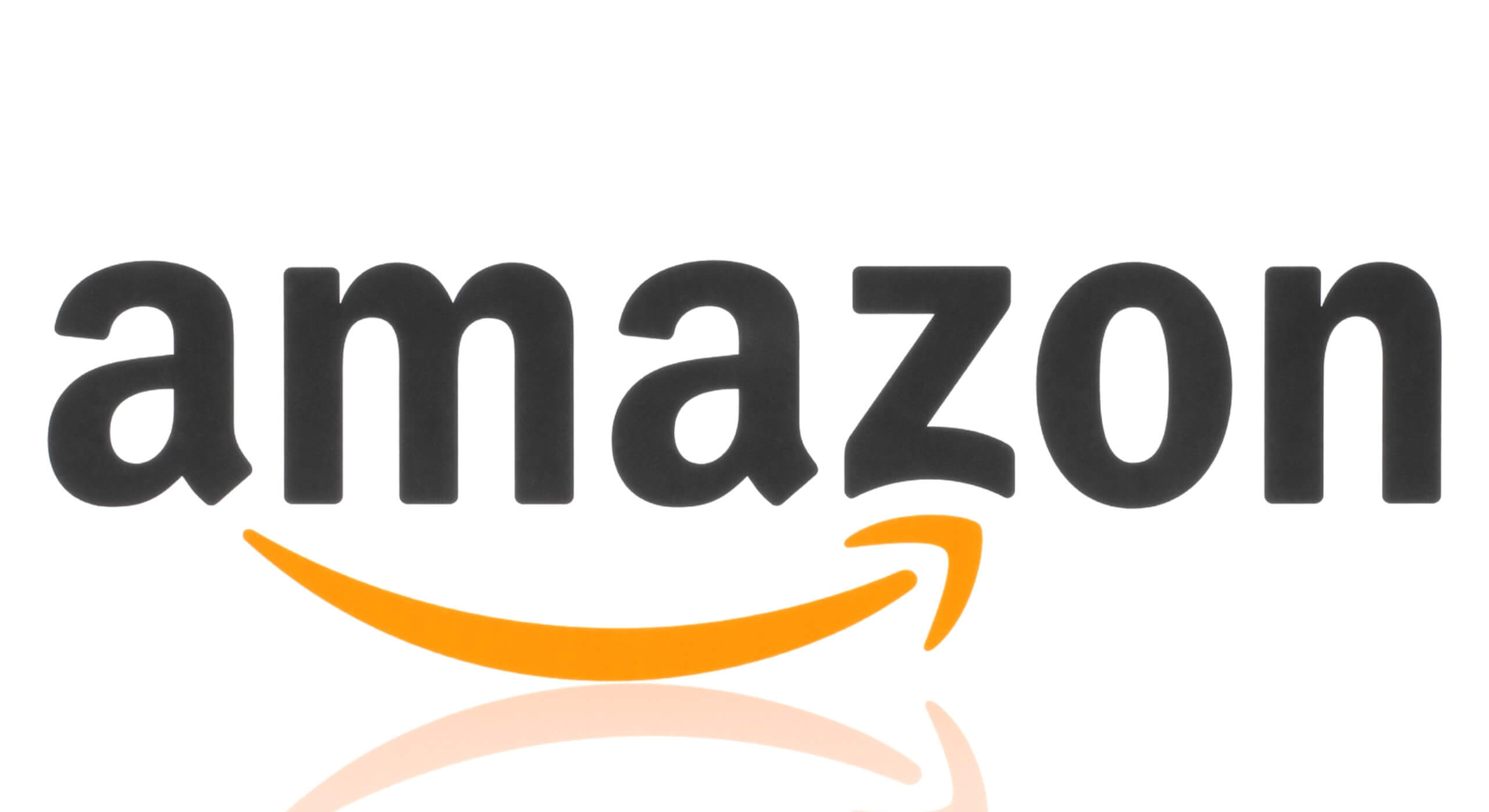
Amazon App Store visitors can choose from over 475,000 apps in categories like education, kids, lifestyle, health and fitness, business, and plenty more. In addition to multiple categories where you can showcase your app, there are plenty of good reasons to use the Amazon app store, including international distribution, fast and responsive support, and higher revenue than other stores, including Google Play (Apptamin).
If these benefits sound appealing and you are looking into marketing your app on Amazon, you want to do some app store optimization. Generally, you need to focus on key points for your listing, including product description, title, and images.
Other elements to consider include key features, pricing, keywords, and backend search keywords. When optimizing your product descriptions, for example, you want to include details such as type of material, size, quantity, packaging, and colors.
Make sure you mention your brand name as well. Using A+ content is also a great way to attract your target customers. This involves showcasing your brand through text placements, enhanced images, and your unique brand story.
Lastly, you need to optimize your product’s search terms to improve app discoverability. You want to include alternative names, abbreviations, and synonyms, using singular and plural, to gain maximum visibility.
Other App Stores
Some of the popular alternatives for promoting your apps are AppBrain, SlideMe, and Appland. A store with a good overall selection, AppBrain displays products by ranking, category, search, and sections like top rated, all-time popular, and hot today. There are a lot of upsides for developers, like easy integration, insights into user engagement and retention, and competitive benchmarking.
An alternative to Google Play, SlideMe features both premium and free app listings. You will find a good choice of categories to showcase your products, like news and weather, health and fitness, travel and locality, and more.
Also a popular choice for developers, Appland offers functionalities for iOS, Windows, and Android. Specifically designed for downloads and app launches, Appland provides developers with the opportunity to open their stores and generate revenue via subscription, premium, and freemium.
🔥 Tip: Hundreds of growing businesses use Socialfix to create their SEO marketing strategy and showcase their products and services.
SEO and eCommerce Marketplaces
SEO for e-commerce offers many benefits such as driving brand awareness, expanding your reach, and creating lasting value for your customers. When considering marketplace SEO, identifying relevant keywords related to your product is key. Apart from keyword research, quality images, useful product descriptions, and pricing contribute to brand visibility and improved performance in search results.
Amazon
Amazon SEO is about optimizing your product listings so that your target customers find them easier. The goal is to get them to appear higher in search results by optimizing things like product reviews, descriptions, features, images, keyword usage, and your pricing strategy.
When ranking product listings, Amazon considers your product features and description, brand and seller name, product title, and keywords. As Amazon’s ultimate goal is to sell, their algorithm also considers your product price and click-through and conversion rate. Proving the engine that customers are likely to buy whatever you are selling is key to ranking in search results.

Pinterest SEO involves optimizing your website and profile to drive traffic and sales. As it is a visual discovery engine and not just a social channel, you need an SEO strategy to grow your brand’s presence and increase your reach.
The first thing to do is create your Pinterest business account which also gives you access to their ads manager and analytics. Once you’ve created your business account, it is time to optimize your profile and include your brand logo and relevant details in the “About you” section.
Next, you want to claim your website on Pinterest so that you can prove it is your own. You simply add a link of code to your website and verify that you own the domain. Having done that, you need to focus on creating engagement-worthy content that works well on Pinterest. Examples can be e-books, infographics, videos, products, and blogs.
Finally, you want to track the number of key metrics to measure success, including video views, signups, checkouts, add-to-cart actions, searches, and page visits.
AirBnB
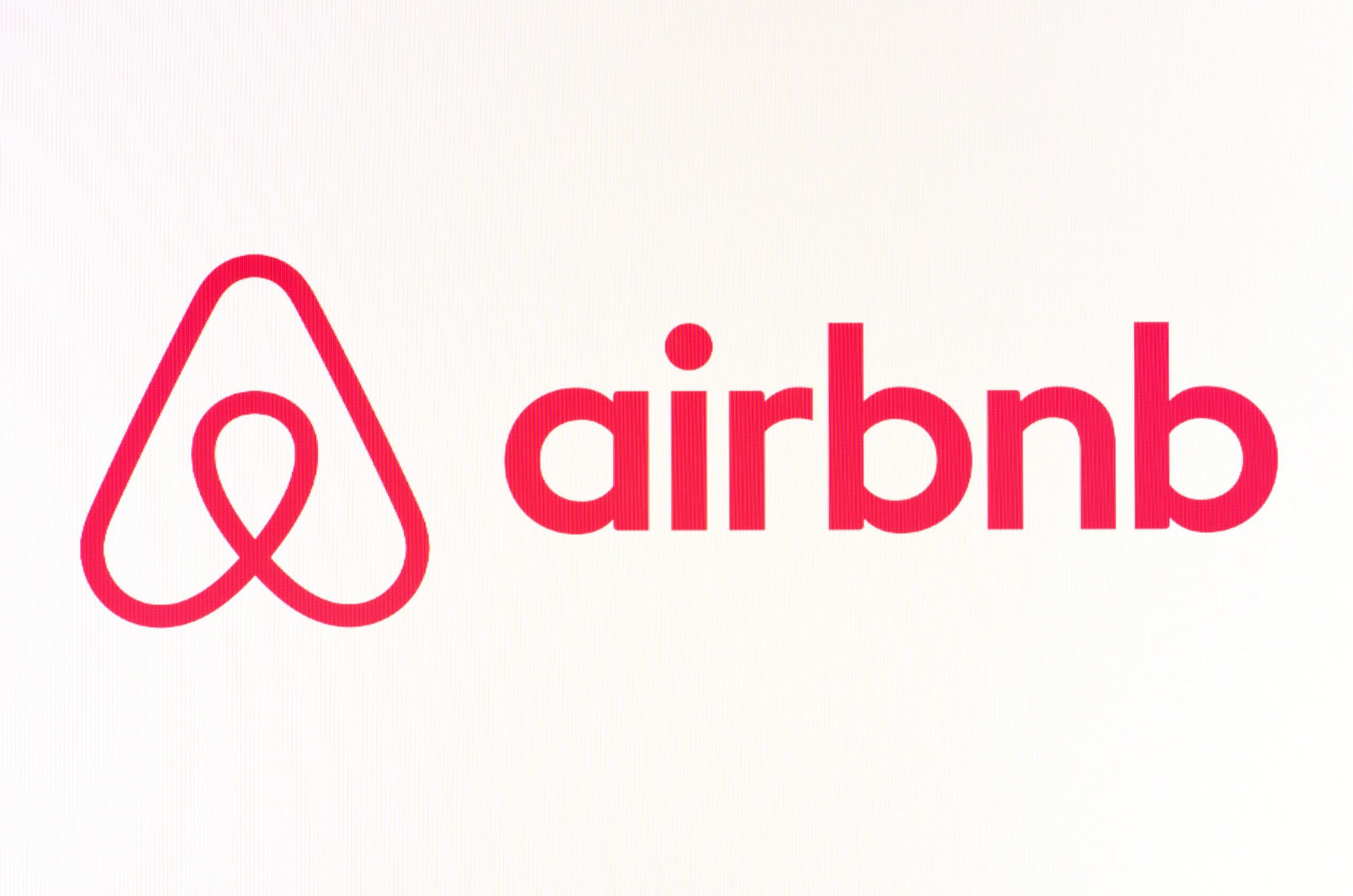
Much like Amazon and Pinterest SEO, AirBnB search engine optimization involves optimizing your listings to increase your visibility and reach. Yet, it is important to keep in mind that AirBnB uses more than 100 ranking factors to generate search results.
Some of the top factors to consider are image quality, instant book, availability, pricing, click-through rate, and inquiry and acceptance rate. As guests want answers quickly, fast response times can impact your listing’s placement. Also, you need to ensure that your availability and free dates are accurate and up-to-date.
Finally, enabling Instant book will help you reach a Superhost status and improve your listing’s placement.
Poshmark
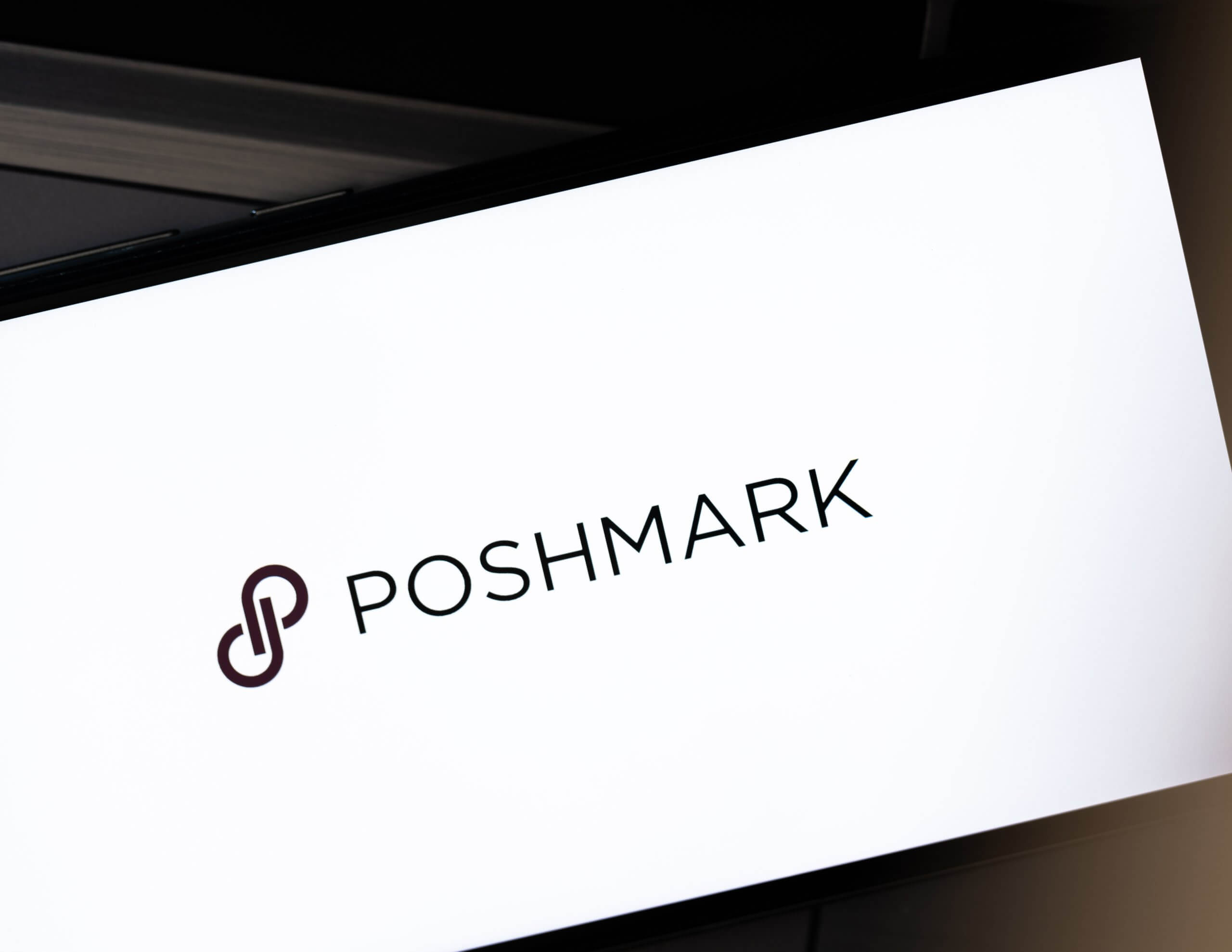
Unlike websites, eBay listings, and retail pages, Poshmark listings are not static and don’t rank. This means you need to have a different strategy in place to get your listings to appear in search results.
To begin with, you want to come up with a great title and description for your product. Make sure your title includes the product’s style, name, material, color, and other details.
Keep the description short (up to 10 words), use alternative keywords to avoid repetitiveness, and include all the important details.
In addition to optimizing your title and description, you’ll need top-quality, original pictures as this is one of the main factors for buyers to hit the Offer or Buy Now button.
Lazada

SEO for Lazada is about getting your product appears at the top of page 1 for multiple queries. As products are mainly sold as a result of browsing results, it makes sense to optimize your listings. This involves identifying all the key search terms for your products based on factors such as competition, relevancy, and search volume.
Now that you have target keywords, it’s time to optimize your listings, including your product title and a short description (highlights).
Thirdly, it pays to include all variants of your product, including features, size, and color. Many users search by property or features so you want to ensure your product line is optimized for different searchers.
Shopee
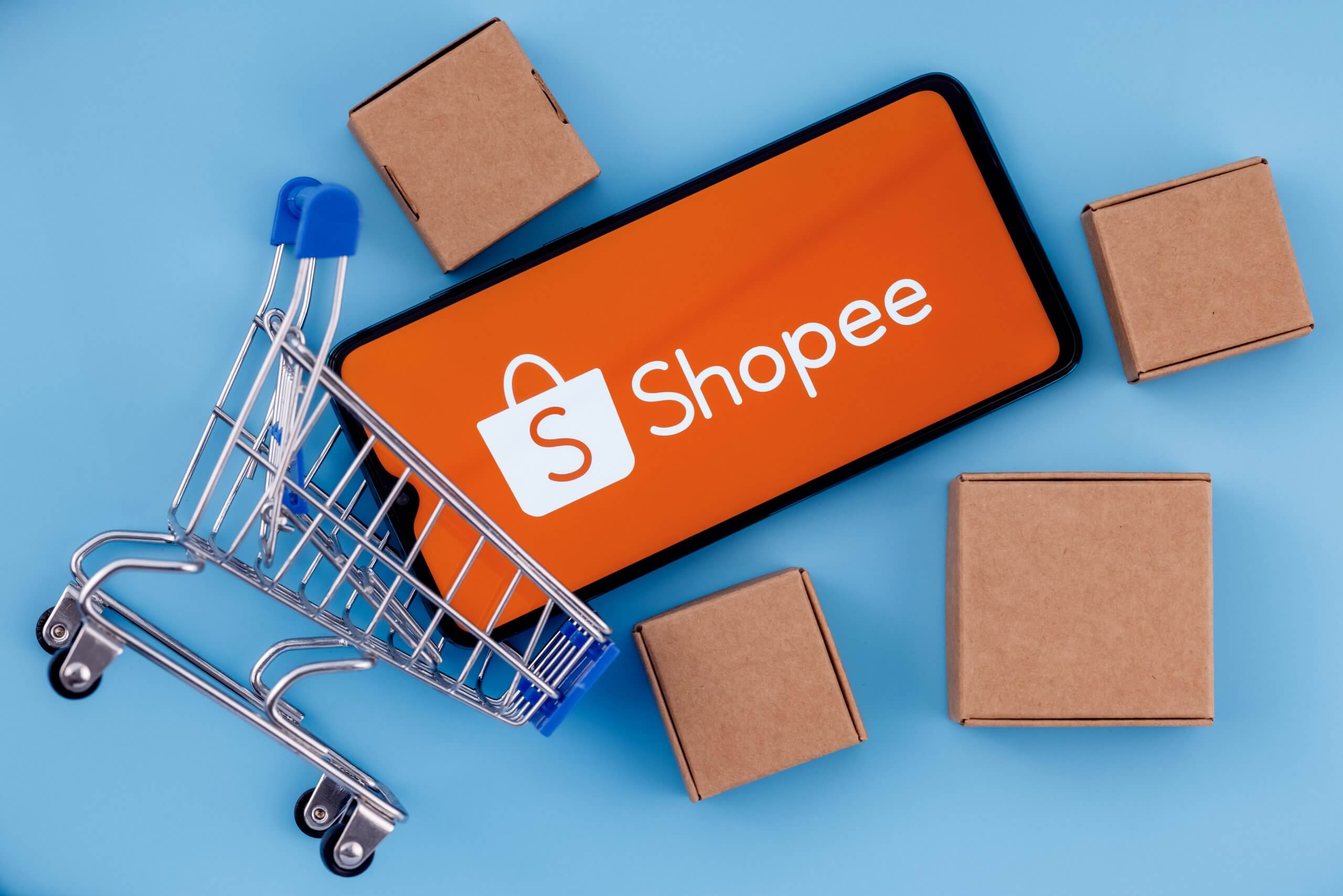
The two main ways to optimize your products and shop are using relevant keywords to drive targeted traffic and getting links from other websites. You need keywords that not only describe your products well but have a relatively high search volume and low keyword difficulty.
In addition to proper keyword search, you want to optimize your shop’s description and include details such as your brand, website, operating hours, and location. Make sure you create compelling product descriptions and include type, color, model, and brand details.
Getting credible links to your shop is also important as this signals the search engines that your page is reputable and trustworthy. There are different ways to gain links such as guest blogging, partnering up with other brands, and linking to your website and social media profiles.
Other Marketplaces Where You Can Sell Products
There are plenty of high-converting marketplaces to sell your products based on your niche, demand, target market, and budget. Some of the top marketplaces worth looking into are Walmart, eBay, Facebook, iCraft, and Faire, to name a few.
SEO Marketing and Social Media Platforms

Having an active social media profile is one of the best ways to spread your content faster. High-quality, engaging content gets more comments, shares, and likes and more users will see it. Posts that are helpful, compelling, and meaningful stimulate people to follow links to your website.
The traffic you get from social media can help improve your website’s behavioral characteristics, including time spent on site, depth of view, and bounce rate, which, in turn, positively impacts your rankings in search results.
SEO Marketing and SEM Marketing: What is the difference?
The main focus of SEO marketing is optimizing your website to rank higher in search, driving more traffic and sales as a result. SEM marketing, on the other hand, involves getting visibility and traffic from both organic search and paid ad campaigns.
SEO marketing provides value to your site and visitors over time while SEM marketing offers quick results through ad placement. This means competition is higher for the target market and the click-through rate is lower.
SEO Marketing on Instagram

Instagram SEO involves specific strategies for optimizing content to increase your discoverability and visibility. When a user searches for a specific hashtag or keyword, Instagram looks for relevant locations, captions, bios, usernames, and hashtags.
Your Instagram profile is where you want to include search terms and keywords that are relevant to your content and brand. Make sure you optimize your bio so that users get to know you. Who are you, what are you offering, and what type of content do visitors expect to find?
Second, you want to include relevant hashtags in the caption. It’s best to use a combination of branded, niche, and well-known hashtags.
Third, you need to add alt text to your images which allows Instagram to understand what your content is about. This also helps visually impaired and blind users to get more accurate information, and your content can be understood by more people.
When optimizing for Instagram, the main challenges are understanding what content users want and what keywords to use. Think about the terms that are relevant to your target customers and your brand and include them in your profile bio and description. Narrow down your list to 3 – 5 search terms that best describe what you are offering. And when it comes to content that gets the most engagement, videos, user-generated images, inspirational quotes, and human faces work well on Instagram.
If you are looking for some inspiration, Taco Bell, Starbucks, and Lowes are some of the brands that are killing it on Instagram. Starbucks, for example, regularly interacts with and retweets followers while Taco Bell uses a combination of style, fun, and color to create magazine-type of visuals.
SEO Marketing on TikTok
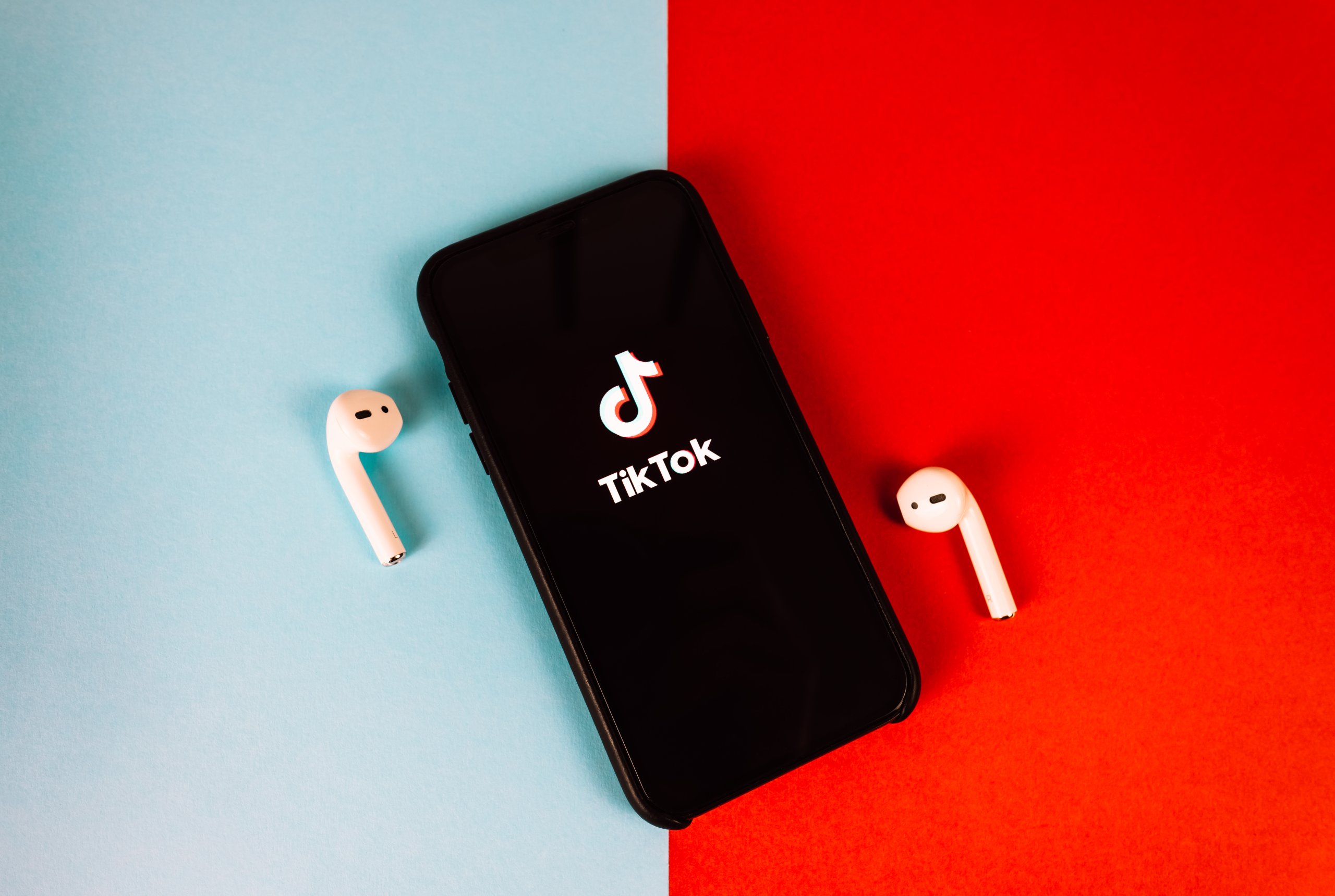
TikTok SEO is about optimizing your content to reach the widest possible audience. One of the best ways to increase your following is to create engaging content. The more people interact with you, the more likely it is that TikTok will put your content in the foreground and front of more users.
Depending on your niche and ideal customer, the types of content you can use include social media challenges, live videos, tutorials, voiceovers, etc.
Even if you have the best content, however, you can’t assume people will find it. You need to use the right hashtags whenever you post content. One thing you can do to come up with hashtags is type in a generic term in the search box, and you will get a range of hashtags that you can use. Choose more generic keywords if you are looking to reach a wider audience and more specific ones if you want to get in front of specific audiences.
Keeping in mind the do’s, there are some don’ts that marketers entering TikTok should be aware of. One challenge that many brands face is coming up with engaging content. Over-produced videos are likely to be ignored by TikTok users.
Instead, they are likely to engage with content that is humorous, fun, informal, and light-hearted. Also, avoid being salesy as this will turn users away. While your ultimate goal is selling, you shouldn’t sound too promotional. Simply follow the platform’s advice to marketers to create TikToks and no ads.
SEO Marketing on Snapchat

If your ideal customer is likely to use Snapchat, then you should have a look at this platform as a way to increase brand visibility, user acquisition, and revenue. To elevate your Snapchat marketing and find success, you want to write catchy ad copy, use user generated-content, offer giveaways, and incorporate polls into your ads while adding a human element to your content.
With the short attention spans of younger generations, you need to create a catchy ad copy that focuses on benefits, triggers emotions, and addresses your customers directly. Adding polls to your ads is also a way to increase views and engagement. You can ask viewers to vote on your newest product line, colors, or flavors, gather opinions about the type of content they want to see, etc.
In addition to creating a compelling copy, adding user-generated content is an effective strategy to impact purchasing decisions. Data by Nosto shows that for 79% of respondents, UGC is the most authentic and impactful. Using user-generated content also makes your ads less intrusive and salesy.
Other ways to engage users include featuring special discounts and flash sales, conducting giveaways, and offering teasers. Whatever content you are sharing, always add a human element to personalize your offerings and make your brand more approachable.
Last but not least, if you want to be successful on Snapchat, you need to show ingenuity with your content, which is what successful brands do. Rather than promoting, they focus on building personal connections with their audience. Tastemade is a prime example of a brand developing a personal connection with users by posting mouth-watering content.
Much like Tastemade, Everlane gives Snapchat users a glimpse into their company culture, factory tours, product photo shoots, and staff retreats. They do not attempt to sell, and followers can ask any question they want. The focus is on developing an emotional connection with users while keeping them engaged with their brand story.
SEO Marketing on YouTube
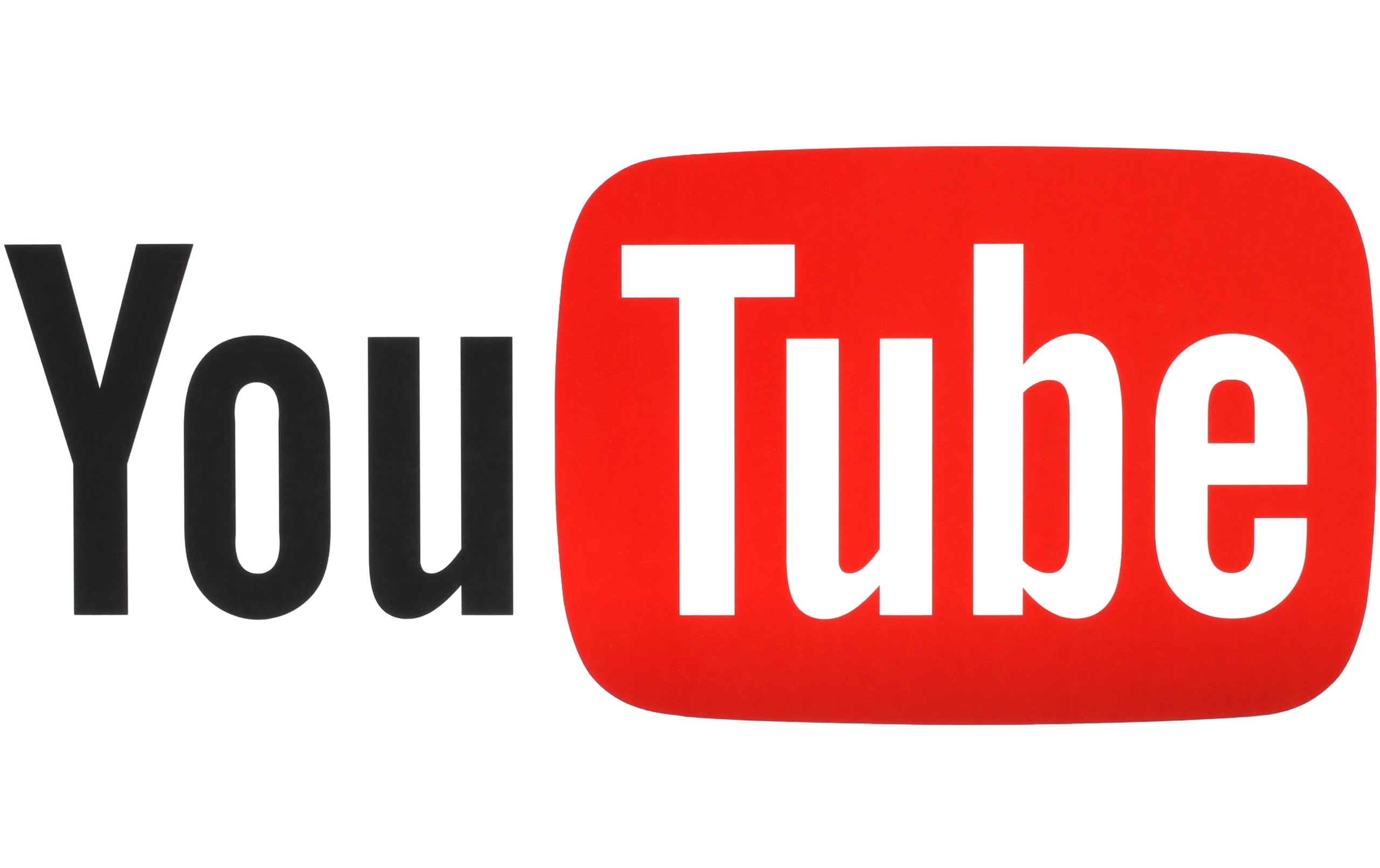
Optimizing video content for YouTube search helps improve placement and ranking. Video is truly a gold mine but only if you use the right SEO strategies.
To begin with, you need to make sure your thumbnails are eye-catching and professional. They should tell your audience who you are presenting, how long your video is, and what it is about.
Second, you need a contextual description for your videos. You want to include relevant keywords and keep it to the point, serving up what people are looking for.
Third, you should tag content appropriately so that search returns videos that address the topic viewers are interested in.
As a final step, you want to add a transcript that covers your main points and includes your keywords. Not only will Google crawl your videos but you are helping hearing-impaired users to follow along.
If you’ve optimized your YouTube channel and done all of the above, there must be something you are doing wrong if your videos are still not showing in search. Some of the mistakes you might be making when optimizing for YouTube are quite common.
One is ignoring off-page metrics such as audience retention, click-through rate, and engagement, like subscribers, comments, shares, and likes. These metrics tell the algorithm whether your content is compelling, helpful, and worthy of promotion.
Using poorly designed thumbnails is another common mistake that marketers make. Thumbnails that don’t generate interest or inspire action will kill your click-through rate. There are several best practices to grab attention, like using high-contrast elements and bold, large text, adding visual cues, and featuring your product in the thumbnail.
When it comes to content, watching viral videos from top brands can be a great way to get ideas and find out what is trending on YouTube. Year in Search 2020 by Google is a stellar example of how a brand should portray its key messages.
2020 was a year like no other for most of us, which Google drew inspiration from, highlighting the most searched questions. Why are schools closed? Why is Australia burning? Why were so many lives lost? Why is empathy important? The message is to reconnect with the people we care for and think about what kind of Earth future generations will inherit.
SEO Marketing on Facebook

With 4 million brands actively advertising on Facebook (VenturBeat), it has become a challenge to get noticed and attract new audiences, shares, and likes. To stand out and get the kind of quality results your brand is looking for, you need to create the right content for your target audience.
You want to create content that helps, entertains, and educates users, making them forward, bookmark, like, and share it with family and friends. To create content your audience actually relates to, you need to get to know who they are and what they are interested in. Are most of them female or male? Where are they from? Do they have the same education, occupation, and household income? Do they share interests in certain activities, topics, or products?
To get to know the audience you serve, you can either survey them or check out the competition. Visit their Facebook page or website to find out what market they are targeting and who is interacting with them.
Once you know who is likely to consume your content, you need to choose search terms and keywords that are relevant to both your audience and business. Include targeted keywords in your headline, description, and about section, updates, notes, and photo captions.
Make sure you provide accurate contact information as well so that people can actually find you. Include your business hours, phone number, address, email, and website on your Facebook page so that you get indexed for local search.
While the goal of every business is to reach the largest possible audience, you want to keep inappropriate people away. This is a common issue that brands face.
Say you are a reputable SPA based in Los Angeles and you suddenly experience a flood of visitors from Thailand or Cambodia looking for erotic massage services. Ignoring those unsavory folks can hurt your reputation and business. You need to gain control over the kind of people who are liking and commenting on your page, permanently banning or blocking bad users.
That said, keep in mind that even best practices can be done better. If you are looking for ideas on how to boost your Facebook reach the right way, here are some brands with highly successful marketing strategies.
When you visit GoPro’s page, for example, you will rarely see content marketing their product. Instead, you will see someone surfing, scaling a mountain, or deep diving. GoPro is engaging with users through the lifestyle and experiences their products support.
Nike is another example of a brand that doesn’t overemphasize buying. Their Facebook page features a balanced mix of charitable initiatives, science, and products. As they have one of the most famous slogans ever created, you will see it in their branded hashtags, photos, and cover photo.
SEO Marketing on LinkedIn

Very few brands are aware of how important SEO is on LinkedIn. Most members partially complete their page, thinking it’s only helpful when looking for a job. The truth is that LinkedIn gives brands access to millions of potential customers. This is provided that they get found by users which is where SEO comes in.
As your ultimate goal is to increase your search visibility, the first thing to do is create a key-reach profile. Adding relevant keywords to your headline, summary, and experience section is one of the most important factors for ranking well. The Interests and Skills sections are also hotspots for keywords and will help your search ranking.
To further increase your visibility on LinkedIn, you need to participate in groups within the same industry or niche as you. This is an excellent opportunity to present yourself, increase your brand visibility, and position yourself as a thought leader in your groups. You will get the chance to expand your network, gain more followers, and ultimately generate leads.
As with other social media platforms, one of the most effective strategies is sharing relevant, helpful content. LinkedIn is great for industry-specific content, including video case studies, e-books, celebrating micro-wins and milestones, and personal stories.
Even if your content is brilliant, it might be underperforming if it doesn’t generate conversations. LinkedIn showcases content based on the likelihood that users will engage with it through likes, shares, and comments. To overcome this challenge and drive engagement, you may need to activate your employees and turn them into brand ambassadors. Encourage them to drive engagement and publish content about innovations and trends in your industry, the work they do, and what a typical day is like in your company.
If you are still struggling to win business despite following best practices, take a look at brands that have mastered their LinkedIn marketing strategy. Forbes, for example, invites visitors to comment, discuss, and input ideas by posting open-ended questions.
The editorial team at Financial Times also loves to ask questions to encourage discussion and interaction. Whether the concept is theoretical or model-driven, the goal is to facilitate participation, dialogue, and feedback.
SEO Marketing on Twitter

With 329 million active users (Statista), Twitter is a busy place these days. It has also become popular among digital marketers and brands due to its effectiveness in generating engagement and leads. The platform offers excellent opportunities to increase brand visibility and reach, provided that your SEO is handled right.
Before you start optimizing, you want to identify relevant keywords that bring the most value and are a good fit for your brand. Once you have found keywords you want to target, it is time to fill out your profile and give a brief overview of your company and brand. Make sure your bio is keyword-rich without falling into the trap of stuffing.
Take the time to create a complete and compelling description and add a business logo and a professional profile photo. Link back to your landing page, website, or a specific product you are looking to showcase. Filling out your profile page in full is key to attracting followers.
To widen your reach, you need an effective strategy for attracting new followers. This means interacting with others, sharing relevant and helpful content, tweeting consistently, and promoting your account on other social platforms. Using relevant hashtags can also help widen your reach. By creating relevant, engaging hashtags, you can motivate other users to use them on content showcasing your brand.
Twitter can help you generate attention and engage with motivated audiences but the downside includes possible criticism and negative feedback. Seeing a negative comment can be frustrating but you shouldn’t take it personally and get into a shouting match. Analyze the tweet and respond politely, quickly, and publicly. Address the facts, be honest, and ask for more details so that you can correct the issue.
If you are still learning how to use Twitter and all of this sounds complicated, you can shorten your learning curve by looking at how other brands are using it effectively.
Starbucks, for example, is doing a fantastic job in addressing customers’ suggestions, positive feedback, criticism, and concerns. Many of their tweets sound like “Sorry to hear about that beverage blunder”, offering to fix the problem immediately.
Whole Foods is also a prime example of social media excellence. What makes their profile so great is that they aren’t always on the marketing side. They often post cooking tips, recipes, and nutritional advice to help people learn everything about food. They are also taking the time to take suggestions and respond to complaints and questions so that customers feel their voices are heard and their input is taken into account.
SEO Marketing on Reddit

Reddit is often ignored by marketers who want to invest their resources and time into YouTube, Twitter, or Facebook. Yet, the platform can be a powerful channel to promote your brand and increase your bottom line. To effectively use Reddit as part of your SEO strategy, you want to get to know the user demographics first. Data shows that 36% of U.S. users fall between the ages of 18 and 29.
The majority of users are male (63.8%) whereas only 36.2% of women reported using Reddit (Statista). Americans account for 48% of all active members, followed by the United Kingdom (7.6%) and Canada (7.4%) (ThriveMyWay).
That said, the average user you are sharing the site with is a young male connecting from the U.S. In addition to the typical demographic of users, it pays to get to know what Redditors are using the platform for.
In 2021, the most popular discussion themes focused on health and fitness, weddings, sports, gaming, and cryptocurrency (Newsweek). Looking at popular formats and trending topics will help you identify what type of content performs well.
You also want to post in active communities to gain maximum exposure. Some of the biggest subreddits are currently /r/funny, /r/askreddit, /r/gaming, and /r/music (OneUp Blog). With more people visiting these popular subreddits, the larger the user base your brand is exposed to.
At the same time, you need to find relevant subreddits where people will be interested in your website or content. For instance, good subreddits for gaming can be /r/videogamescience, /r/truegaming, and /r/tipofmyjoystick. Run a full search and click in to view members and communities. Finding the right balance between relevance and popularity is crucial.
With your account still being new, you need to build up Karma as new accounts are generally not trusted by Reddit members. The main challenge is becoming a trusted voice which you will be able to do by engaging organically with other users’ posts. Do your best to create posts and comments that other members find helpful and valuable, give awards, and avoid posting copied content.
A second challenge that marketers face lies in the fact that Reddit members are less likely to engage with branded content. The good news is there are quite a few brands that are effectively marketing themselves on Reddit and members have embraced them.
Ally Bank’s ad is a prime example of creative marketing. While they took a shot by posting it in the Playstation subreddit, they did it smartly. Their ad uses a creative analogy that links the two topics – “You wouldn’t settle for a 1-star controller, so why settle for a 1-star bank?”
Lemonade Inc’s ad is another example of experimenting with creative approaches. Posted in a fast food subreddit, their video demonstrates to viewers how insurance premiums, which cost as much as your lunch at a fast food drive, can help cover property damage. 
Photo examples
SEO Marketing and Other Types of Marketing

SEO vs. ASO (App Store Optimization)
The main focus of SEO is increasing the search visibility and ranking of websites. ASO, on the other hand, involves strategies specifically aimed at improving app visibility to rank higher in search results.
Both SEO and ASO aim to improve popularity, visibility, traffic, and conversions for a service or product. ASO, however, is better for businesses in the gaming and mobile app industries while SEO benefits multiple industries. Businesses that need SEO the most include medical services, real estate agents, home repairs, e-commerce stores, and restaurants.
Combining both SEO and ASO can work well when looking to optimize your app visibility. SEO involves optimizing keywords to help improve your site’s visibility and get your app discovered. ASO is about bringing your app to the top of a store’s search results. Combining both strategies is a great way to boost traffic and increase your product’s visibility everywhere.
SEO vs. SMO (Social Media Optimization)
SEO aims to optimize a website’s content, navigation, and code for search engines. The goal is to increase organic discovery by ranking higher for relevant keywords. SMO or social media marketing can be a part of your overall SEO strategy for increasing the awareness of an event, service, product, or brand. With SMO, however, you are using social media outlets like Instagram, Twitter, or Facebook to generate interest and publicity.
Combining SEO and SMO is one way to strengthen your brand’s visibility. Optimizing your site’s content, navigation, and code encourages users to read your posts, visit your website, and share links that others may find interesting. The types of networking websites you can use to this end include blogging sites, video-sharing platforms, and social media outlets.
SEO vs. AdWords (Google Ads)

The main difference between AdWords and SEO is that the latter is an organic or free traffic and the former is paid traffic. The goal of SEO is to improve a website’s search engine rank for targeted keywords, resulting in more traffic and qualified customers.
AdWords, on the other hand, is an advertising platform where marketers can create campaigns around specific demographics or search terms. Essentially, you pay for the impressions or clicks that you get.
You can also combine AdWords and SEO for increased exposure and brand awareness. The main benefit of generating both paid and organic search traffic is that it gives you maximum visibility.
SEO vs. SEM (Search Engine Marketing)
While SEO is focused on driving organic traffic, the goal of SEM is to gain visibility and traffic from paid and organic searches. Search engine marketing involves buying ads from Yahoo, Microsoft, and Google so that your brand or product appears in search results.
SEO is known to work for informational keywords such as why, what, and how where users are looking for general information or answers to specific questions. SEM works better for high-competition keywords that are hard to rank for. Your chances of ranking are low simply because you are competing with brands such as GNC, Walmart, and Amazon.
SEO takes longer to produce results while SEM generates leads and clicks immediately. This doesn’t mean SEO is less important as it helps produce lasting, more sustainable results. Combining both strategies gives you the chance to drive more visibility as you get traffic from paid and organic results.
SEO Marketing vs. Paid Search Advertising
With paid search advertising marketers pay a publisher such as Facebook or Google for each click made on an ad. PPC allows brands to attract customers that are interested in their products and services.
SEO marketing is different in that it focuses on helping a website rank higher in search results. SEO only targets organic or free traffic while PPC drives leads by buying visits. Some marketers pit paid search against SEO, arguing that optimizing a website takes time to deliver results. The best approach is to use both to get results today and in the long run.
SEO Marketing vs. Social Media Marketing

SEO marketing focuses on optimizing the structure and content of a webpage so that users can find it on Google, Yahoo, Bing, and other search engines. SMM or social media marketing also aims at driving organic traffic to promote products or services.
The difference is that you are optimizing content for social platforms such as Twitter, Instagram, and Facebook to make it more visible. It is the practice of sharing keyword-optimized, value-added, creative posts by the use of video, infographics, images, or text. The goal is to have quality interactions with users, thus improving brand awareness and driving traffic to your website.
SEO and SMM can work well together as part of your overall marketing strategy. Optimizing your social media page is one way to improve your website’s visibility and traffic.
SEO vs. Content Marketing
Content marketing is part of SEO and involves the creation of social media posts, blogs, videos, and articles to improve brand awareness and engage with target audiences. In addition to content marketing, SEO includes graphic and website design, social media and video marketing, and local SEO.
Unlike content marketing which only focuses on generating and distributing content, SEO also involves more technical aspects such as link building and website structure and design. The goal is to make your website faster, mobile-friendly, understandable for search engines, and easier to crawl and index.
SEO also focuses on creating relevant content for both search engines and online audiences. This is where content marketing comes into play. The ultimate goal is to incorporate SEO best practices into your content strategy while crafting useful, engaging pieces that add value to customers.
🔥 Tip: Hundreds of growing businesses use Socialfix to create their SEO marketing strategy and showcase their products and services.
SEO Marketing vs. Influencer Marketing
Unlike SEO marketing which is free, running an influencer marketing campaign will cost you money. The fact is, however, that brands big and small are cashing in on influencer marketing. The traffic you gain can be much higher than with traditional marketing.
Studies show that the majority of customers (71%) are likely to purchase a product or service solely based on social media referrals. Half of the user’s trust user-generated content more than other formats (IncreMentors). That is why marketers are eager to work with influencers to help them generate interest and brand visibility.
Because users trust peer recommendations, influencer marketing can be a valuable tool to add to your digital strategy. It can positively impact your SEO by increasing your website’s visibility, traffic, and user engagement signals.
SEO Marketing vs. Email Marketing

If you are like most businesses, you have probably used both email marketing and SEO to extend your reach. Email marketing is a strategy to make potential customers aware of promotions, discounts, new products, etc. It is a way to keep in touch with and engage with customers through personalized content. Unlike SEO which aims to increase organic traffic, email marketing is a direct way to reach your audience.
Together, email marketing and SEO can help improve your ranking and conversion rates. One of the main goals of email marketing is to drive visitors to your website. The more you engage with users, the better your chances for ranking well in search results.
SEO Marketing vs. Video Marketing

Video marketing is one aspect of SEO, which aims to create engagement and increase brand visibility through the use of video content. It is a strategy to educate, inform, and appeal to your target demographics, helping consumers to visualize how your products fit into their lifestyles.
SEO is more than just content, whether text or visual. SEO techniques include things like off- and on-page optimization, keyword research, competitor analysis, and website audits. It is about delivering excellent user experience through seamless navigation, fast page speed, and responsive design.
Google SEO vs. Amazon SEO
The factors influencing Amazon and Google SEO are different. Google cares about domain authority, page speed, number of clicks to your blog or website, and backlinks. Factors influencing Amazon SEO, on the other hand, include ratings, reviews, conversions, and relevant search terms.
As you look at both platforms, their capabilities, and the ranking factors they use, you may wonder which one to focus on. To maximize your performance, you may want to combine your efforts with Google and Amazon as part of your digital strategy. Google SEO is better for promoting your business and brand while Amazon SEO enables you to get more leads and conversions and ultimately sell your products.
SEO Marketing and Industries

SEO Marketing for Small Businesses
If you are a small business seeking to grow your reach in your area, SEO can help you target the right audience to get relevant traffic. What you should do is complete your Google My Business profile, including your contact information, location, and products or services. A completely and accurately filled-out profile gives you an increase in visibility, making it easier for local customers to find you.
Besides improved visibility, local SEO offers a number of benefits such as:
- Exposure to local listings
- Community Outreach
- Higher positions for local queries
- Authority and trust
- Local reviews
- Long-lasting rankings
- Less advertising costs
To get the most out of local SEO and achieve continuous growth, you need a comprehensive strategy focused on getting more business from local searches. When optimizing for Google My Business, remember to keep your operating hours and contact information up-to-date.
Encourage customers to share feedback and try to stay courteous and professional when responding to reviews. Add relevant content to your profile and share it on social media to grow your reach.
In addition to Google My Business, you want to optimize online citations and directories, making sure your citations are correct and consistent. As Google cares about showing accurate information, things like a wrong phone number, abbreviations, and misspellings can be an issue.
Finally, keep in mind that not all directories are worth your efforts. Online directories that you want to claim are, for example, Bing Places for Business, Whitepages, Yelp, and Yahoo Business Listings.
SEO Marketing for Startups

If you are just starting a business, you are probably facing some serious competition and struggling with a limited budget and resources. Fortunately, SEO can give you the much-needed edge by improving brand awareness and enhancing your customer experience. The main benefits of SEO marketing are:
- More traffic from organic search
- Highly relevant quality traffic
- Higher ranking
- Improved search visibility
- Lower cost per acquisition
- More leads
- Higher click-through rates
While SEO offers a ton of benefits, it is important how early-stage growth companies and startups approach it. You need a well-defined strategy, to begin with. This means setting achievable and reasonable goals that you want to reach in 3, 6, or 12 months.
Consider the metrics you want to optimize, whether brand awareness, bounce rate, average time spent on the website, traffic for specific keywords, etc. You also need to monitor and track your SEO performance, including organic sessions, clicks by page and queries, and pages that help achieve your conversion goals.
Lastly, you want to ensure that your website is mobile-optimized and loads fast. If your website is taking too much time to load and is not optimized for mobile, you are losing potential customers.
SEO Marketing for B2B

The goal of SEO marketing for B2B is to rank higher for keywords that decision-makers are likely to be searching for. With B2B SEO, you will be targeting low-volume, bottom-of-the-funnel keywords with a high CPC. Bottom-of-the-funnel keywords are search terms that customers use when they are ready to make a purchase.
Examples of transactional keywords that customers use might look like “subscribe”, “free consultation”, shipping”, “deal”, “discount”, and “coupon”. Content ideas for this stage might be:
- Reviews
- Testimonials
- Free trial offers
- Coupons
- Free demos
- Product Literature
- Infographics
- Case studies
You will also need to identify a few top-of-the-funnel topics and keywords to create content around. If you are a running shoe business, for example, top-of-the-funnel keywords might include “cushion running shoes”, “shoes to get rid of foot pain”, “heel pain when running”, etc.
Informational content often starts with phrases like “ways to”, “ideas for”, “what’s the best way to”, and “how to”. Content for this stage might include:
- Industry curating
- Educational
- How-to videos
- Checklists
- Tip sheets
- E-books
- White papers
Lastly, whatever type of content fits your business and marketing strategy, make sure you produce 100% original content that is well-researched, helpful, engaging, and worth sharing. Always strive to create content that offers bits of knowledge, a new perspective, or something entertaining or inspiring that users can relate to.
SEO Marketing for eCommerce
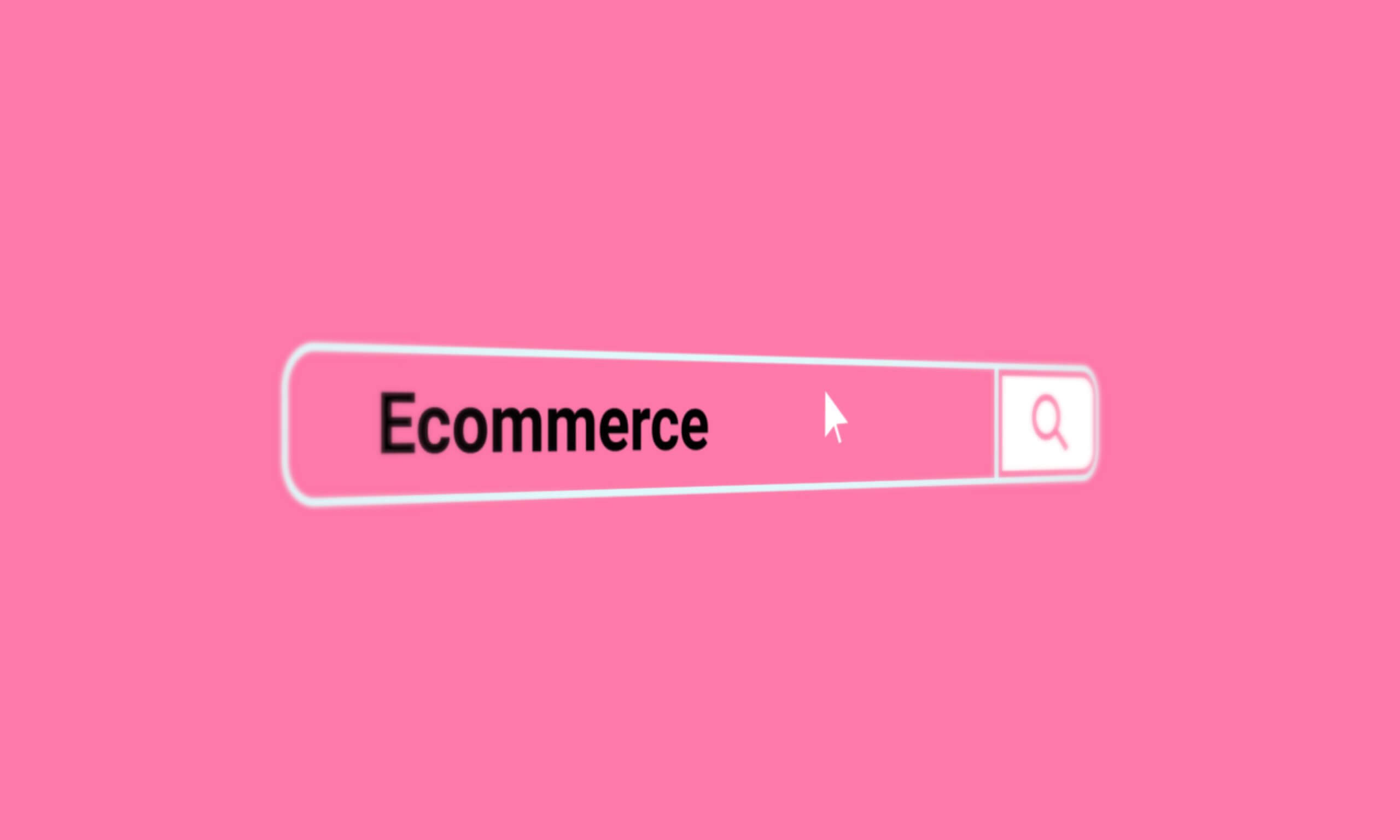
SEO marketing for eCommerce is about optimizing an online store by obtaining links from authoritative, relevant websites and using long descriptions with targeted keywords. Best practices to promote your online store also include:
- Using relevant keywords in anchor text
- Avoiding broken links and duplicate content
- Making URL structure simple for the web crawlers
- Avoiding complicated URLs
- Creating thought-out descriptions
- Using alt-text for images
- Writing for humans, not Google
- Designing your website with customers in mind
- Encouraging customer reviews and feedback
Your on-page SEO strategy should also focus on improving page speed, optimizing for Featured Snipped and mobile, and adding related products for up-selling and cross-selling. The main focus of your off-page strategy is outreach and link building. You can start with posting on forums and Q&A websites, writing quality guest posts and listing your website in trustworthy directories. Avoid bad link-building practices that can get your website penalized by search engines. Examples are borrowing and buying links, bartering, and using nofollow social bookmark links.
SEO Marketing for Clothing and Beauty Brands

If you own a beauty, cosmetic, or clothing store, you have plenty of competition to contend with. Major brands such as Beauty Bay, Cosmopolitan, L’Oreal, and Superdrug are ruling Google, making it crucial to identify your audience profile and do an in-depth keyword search.
The audience you are targeting will determine the keywords you will be using. Depending on your product line, your audience can be Baby Boomers, Millennials, Generation Z, cruelty-free, green customers, etc.
The next step is to identify high-value keywords that your ideal customer might be using. When choosing target keywords for your clothing or beauty brand, consider factors such as purpose, relevance, competition, and density. Once you have the right keywords to create content around, you need a content strategy that will help you to get noticed by your customers.
You will be sharing content on your website and channels like YouTube videos, influencer blogs, Facebook, and Instagram. Beauty and courses, fashion news, how-to guides, helpful tips, and posts with lists are the type of content that users love to like and share.
The next thing to do is on-page optimization. Make sure you include your keywords in your URLs, headings, meta descriptions, and page titles, and add alt text to images. In addition to on-page SEO, endorsements from other websites are considered an important ranking factor.
You need to create a solid long-term strategy focused on getting backlinks from authoritative related and regional websites. High-quality backlinks can be a source of the traffic to your website which will help boost your ranking, generating more traffic as a result.
SEO Marketing for Hotels & Restaurants
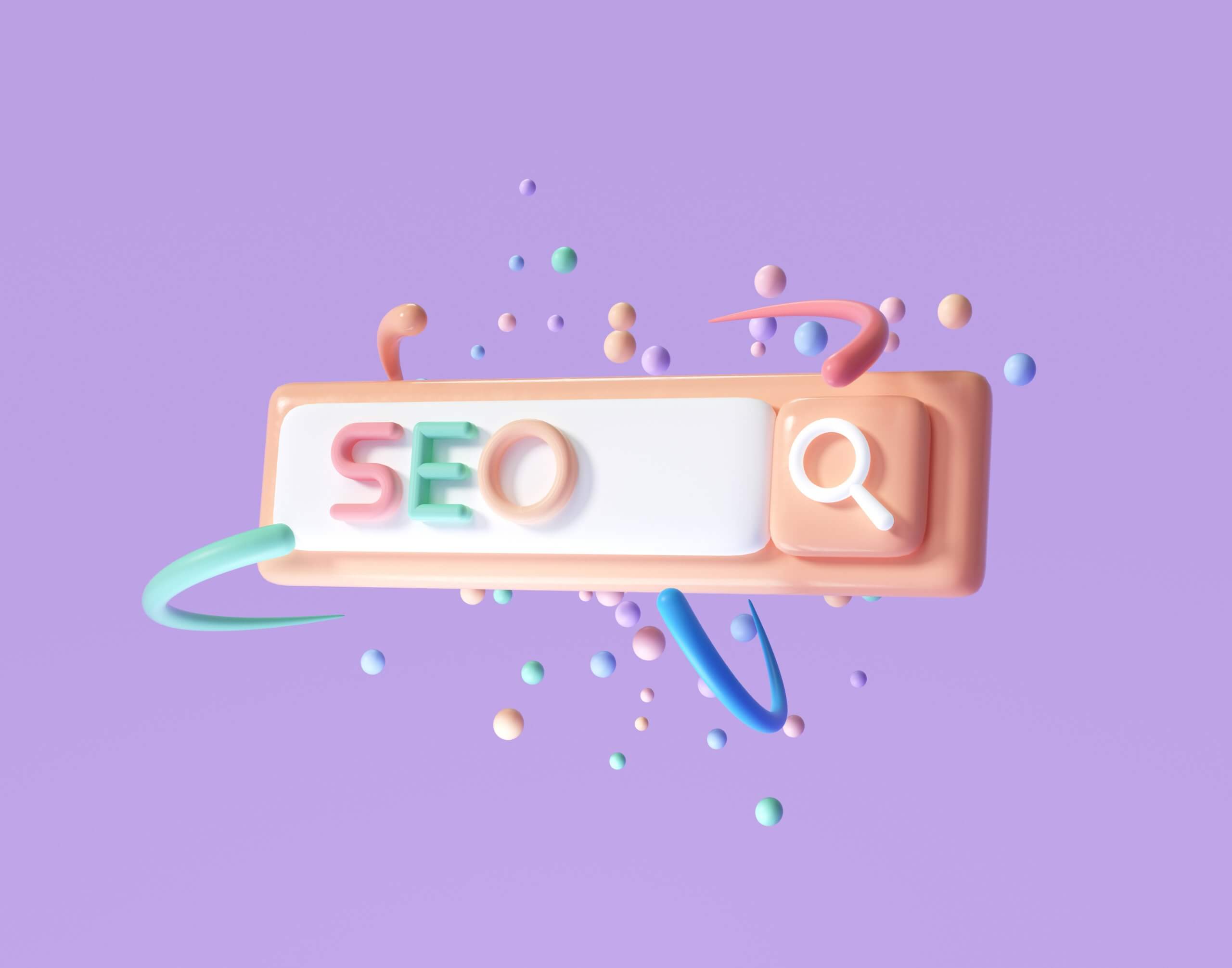
In a fiercely competitive market, SEO marketing is crucial for restaurant and hotel businesses. It will drive targeted traffic and create more sales opportunities while giving you an authoritative voice in your industry. Also, SEO can bring you about the same number or even more bookings than placements in directories, print advertisements, television ads, and billboards.
As SEO doesn’t happen overnight, you need to come up with a solid strategy. Identifying your target audience, who they are, and what they want is the very first step in your marketing strategy.
If you are an adventure-focused hotel, for example, your likely target audience includes leisure travelers and Millennials. If you are a hostel, you will mainly be targeting backpackers and solo and budget travelers. Serviced apartments are typically booked by business and corporate travelers.
Once you get to know your audience, consider what they are searching for when looking for accommodation. If you are a hotel, your customers might be searching for things like “hotel booking”, “last minute hotel deals”, and “hotels nearby”.
List all possible search terms and choose a few, based on keyword intent, competition, search volume, and relevance. Add the target keywords to your landing page, subheadings, meta descriptions, page titles, URLs, and images.
Last but not least, you need to create helpful, engaging content in the form of newsletters, articles, and blogs. If you are based in Florida, for example, you can write articles like “5 unique accommodations in Florida”, “6 things to do in Florida”, etc. Make sure you sprinkle relevant keywords throughout your content to enhance your website’s ranking.
SEO Marketing for Higher Education

SEO marketing for higher education is the best strategy to ensure that your college/university ranks higher in organic search results. It is a cost-effective way to reach users who are likely to apply for enrollment and bring them up in the ranks of your institution.
Attracting prospective students can be extremely competitive, however. With 3,892 higher education institutions in the U.S. (U.S. News), competition for students can be severe, making SEO more important than ever.
With this in mind, you need to understand your audience and their browsing patterns first so that SEO can benefit your institution. When considering higher education options, users are likely to navigate through websites to find course and admission information, tuition fees, student associations, etc. It is crucial to cover these aspects as comprehensively as possible,e to help visitors make an informed decision.
Blog posts and long-form content work well in informing students about university life. Whether it is interviews with professors, student stories, career guides, or information about the city/town, content is a fundamental part of your digital strategy.
Keyword targeting is another aspect to focus on as part of your content strategy. As students are sometimes considering institutions outside their country or state, it can be helpful to narrow down your keyword list to search terms specific to your area. Long-tail keywords often work better because there is less competition. You have a better chance of ranking for “law school in California” than just “law school”.
Other aspects you should be focusing on include responsive web design, mobile-friendliness, link building, and maximizing your visibility across social media channels.
SEO Marketing for Real Estate

Ranking high in search engine results makes it easier for real estate agents to attract prospective customers looking to sell or buy a property. Surveys show that 44% of buyers turn to Google when looking for properties for sale (National Association of Realtors).
For this large chunk of your property listings must be optimized for search engines. For example, you might list a property as a “750 sq. ft. apartment near Lincoln Park”.But if more buyers are looking for a “1-bedroom apartment near Lincoln Park, you may want to rephrase your listing.
While search help drive targeted traffic, you may want to promote your listings on your blog or website or your social channels. This will help with exposure to potential customers, whether cross-promoting with other agents, posting in LinkedIn groups, or sharing a slideshow on YouTube.
SEO Marketing for Law Firms
If you are a law firm looking to grow your customer base, driving organic traffic should be a marketing priority. In fact, the 2019 Legal Trends Report shows that 17% of customers shopped for legal services via an online search. Other sources include online map services, social media, lawyer directories, online reviews, and search engines.
With the majority of legal customers looking for advice online, neglecting SEO means missing out on significant marketing opportunities. SEO remains one of the best ways to increase the quantity and quality of traffic and attract quality clients.
To attract potential customers, you need to create content that answers questions your clients might have. Are your services within their price range? Do you practice criminal law? Is your firm in California/Michigan/Dakota? Is your law firm any good?
Your content needs to be both comprehensive and helpful and keyword optimized. Even if you’ve done a great job answering clients’ questions, you need to make sure that the search engines know that. That’s why you need keywords that are relevant and fit your content and area of practice.
You want to make clear to both search engines and potential clients you are indeed a criminal lawyer in California/Michigan/Dakota, helping customers deal with almost every aspect of their business.
SEO Marketing for Nonprofits

SEO is a must for almost any business or establishment today, including nonprofits. Search engines are one of the main ways visitors can find your establishment, details about your mission, services, and work, and your donation page.
Whether you are looking to encourage volunteer sign-ups, increase donations, or raise awareness, you need a comprehensive SEO marketing strategy to get there. This means getting your keywords right, creating engaging content, focusing on page experience, and building links to high-authority websites.
You also want to optimize your website for mobile and consider factors such as page speed, site structure, design, and more. When optimizing for search engines, focus on key factors like usability, quality, relevance, context, and the meaning of your query.
SEO Marketing for Healthcare
Ranking high on Google is a worthy goal for any healthcare organization. This is how people find and connect with their providers and physicians and look up health information.
If you are a healthcare organization looking to start ranking higher in SERPs, you need to consider implementing some key SEO strategies that will help you to attract more patients. To begin with, you need to publish SEO-optimized, helpful content that answers both search engines and patients’ queries. Make sure you use relevant medical keywords that best describe the services you offer, taking into account what is and isn’t searched for.
Also, you need to optimize your website and content for local search. This is how patients look up health information and providers near where they live. Improving visibility is key but you also want to make your website stickier by enhancing the user experience. Your website’s mobile-friendliness, security, speed, structure, and design are all factors that influence the patient’s choice of a physician, treatment center, or healthcare provider.
Successful Brands That Use SEO Marketing

Some brands dominate the search engines for high-competition keywords and brands that visitors look up to. Overstock, Macy’s, Etsy, and FreshBooks are all examples of brands doing it right.
Online accounting and invoice software company FreshBooks, for instance, attracts their target customers with free resources. In addition to paid services such as payment facilitation and time tracking, they offer free invoice templates that save time, improve the billing process, and streamline recordkeeping.
Overstock, a major furniture retailer, takes a different approach to attracting customers. By making use of structured data, details such as availability, price, and rating appear as snippets in the search results, making it easy to rank higher in shopping and search results.
A popular example worth mentioning- Etsy relies on a solid content strategy to grow its audience. In addition to using engaging anchors, Etsy features user-generated content in the form of inspiring stories of entrepreneurs and creative artists. Showcasing the artwork of millions of people, Etsy has handmade objects that you will not find anywhere else.
The ROI of SEO Marketing: How to Measure

With so many variables to take into account and track, SEO marketing success is often considered difficult to measure. Luckily, some key metrics can help you gauge the success of your digital strategy and marketing efforts. The most important indicators you need to be tracking are the cost of your investments, average order value, and conversion rate.
While SEO is considered a free source of traffic, that’s usually not the case. SEO-associated costs may include things like:
- Content distribution
- Paid tools
- Digital agencies and freelancers
- In-house employees
Let’s say you have the following figures for your eCommerce store:
- Investment cost: $15,000
- Average order value: $150
- Conversion rate: 3%
In this particular example, you want to calculate the number of orders you need to generate to break even. Simply divide your investment cost by average order value: $15,000/$150 = 100. This means you need to generate at least 100 orders during your marketing campaign to break even.
Next, you want to calculate the number of visits you need to attract to your website. Divide the number of orders to break even (100) by your conversion rate (3%) = 3,333.33. In this case, you need to attract more than 3,333 visitors to your eCommerce store to get a positive ROI.
SEO Marketing Fraud
There are several legitimate techniques to use to boost page rankings, including SEO and paid advertisements. The truth is, however, that not all webmasters play by the rules. Some marketers resort to black hat SEO techniques such as buying backlinks and keyword stuffing to rank higher in SERPs.
SEO spam techniques can also be used by webmasters to access a website and fill it with spam malware, malicious links, and strange content. The goal is to obtain backlinks from compromised websites and rank higher in search results. Common signs that a website has been infiltrated also include:
- Content in a different language
- Redirects from your website
- New content, pages, and categories
- Links to websites that you didn’t insert
- Unusual ranking metrics
In both cases, black hat SEO can result in lost traffic and rankings, de-indexed pages, bad reputation, and lost business. Luckily for webmasters, there are ways to avoid website compromise. According to the Sucuri 2021 Hacked Report, vulnerabilities such as unsecured admin panels, out-of-date CMS, and use of vulnerable themes and plugins are some of the major causes of website infection.
The most common types of infection to watch for are spam malware and website backdoors. In 2021, 61.65%of compromised websites were found to contain malware while 60.04% of compromised sites had at least 1 backdoor. Other reasons for website infiltration include SEO spam (52.6%), hack tools (20.27%), phishing (7.39%), and defacements (6.63%), mainly targeting mid-market level websites.
SEO Marketing Statistics (Is it Effective?)

SEO marketing is one of the most effective ways to optimize your online visibility, target potential buyers, and build long-term equity for your business. SEO drives 53% of web traffic, which makes it one of the best ways to increase search visibility (BrightEdge).
It is also effective in helping businesses connect with potential customers. The vast majority of users (93%) use search engines to find local businesses (On the Map). By implementing a solid SEO marketing strategy, you are also able to:
- Optimize the user experience
- Drive high-quality traffic
- Improve engagement rates
- Target customers at every stage of the marketing funnel
- Increase conversion rates
- Establish brand awareness and build credibility
- Gain valuable insights about potential customers
Regardless of what your business sells, SEO remains one of the most effective ways to reach customers where they are. Using the right targeting ingredients also enables businesses to engage with online audiences when they are more likely to be receptive to their message.
With a clear understanding of who their customers are, what they are looking for, and how they prefer to be communicated, brands can tailor their marketing strategy for long-term engagement, growth, and success.
🔥 Tip: Hundreds of growing businesses use Socialfix to create their SEO marketing strategy and showcase their products and services.
Will SEO Marketing Last & What It Looks Like in 2022?

Countless experts have been saying SEO is dying or dead over the last decade. Yet, while some tactics are no longer working, SEO has kept evolving to match the intent, improve the user experience, and stay on top of the latest updates.
Today marketers don’t just depend on keyword-made tactics but rather on the quality of content, speed, and user-friendly design. Topical content, voice search, mobile-first searches, and optimizing for semantic search are some of the emerging trends that will shape how we think of and do SEO. The future of digital marketing and SEO will be data-driven, AI-powered, and more involved.
So, putting together a successful SEO strategy means taking a holistic approach to promote visibility and compete in an ever-evolving digital landscape.
Wrapping Up

The journey of search engines started way back in 1990 with the invention of the search tool Archie. Over time, they became more mainstream and increasingly used to finding relevant information. This is when webmasters started to get wise.
Soon they discovered that they can manipulate search results by taking some simple actions like keyword stuffing. In the 1990s, most of the SEO techniques focused on links, tags, descriptions and meta titles, and keywords. As Google led a revolution in raking search results in 2000, looking at both off-page and on-page factors, SEO techniques also started evolving.
The history of search engines shows that SEO is never constant and will continue to change as algorithms evolve. With time, search engine optimization has become more relevant, human, and contextual and relies more on the quality of content, authenticity, and user experience.
In the future, SEO will be more reliant on context, more personalized and localized, and more related to good on-page experiences. The future of SEO is about delivering value, serving the best information to people, and creating new opportunities for users to engage with your brand. Isn’t it amazing how far we have come?





